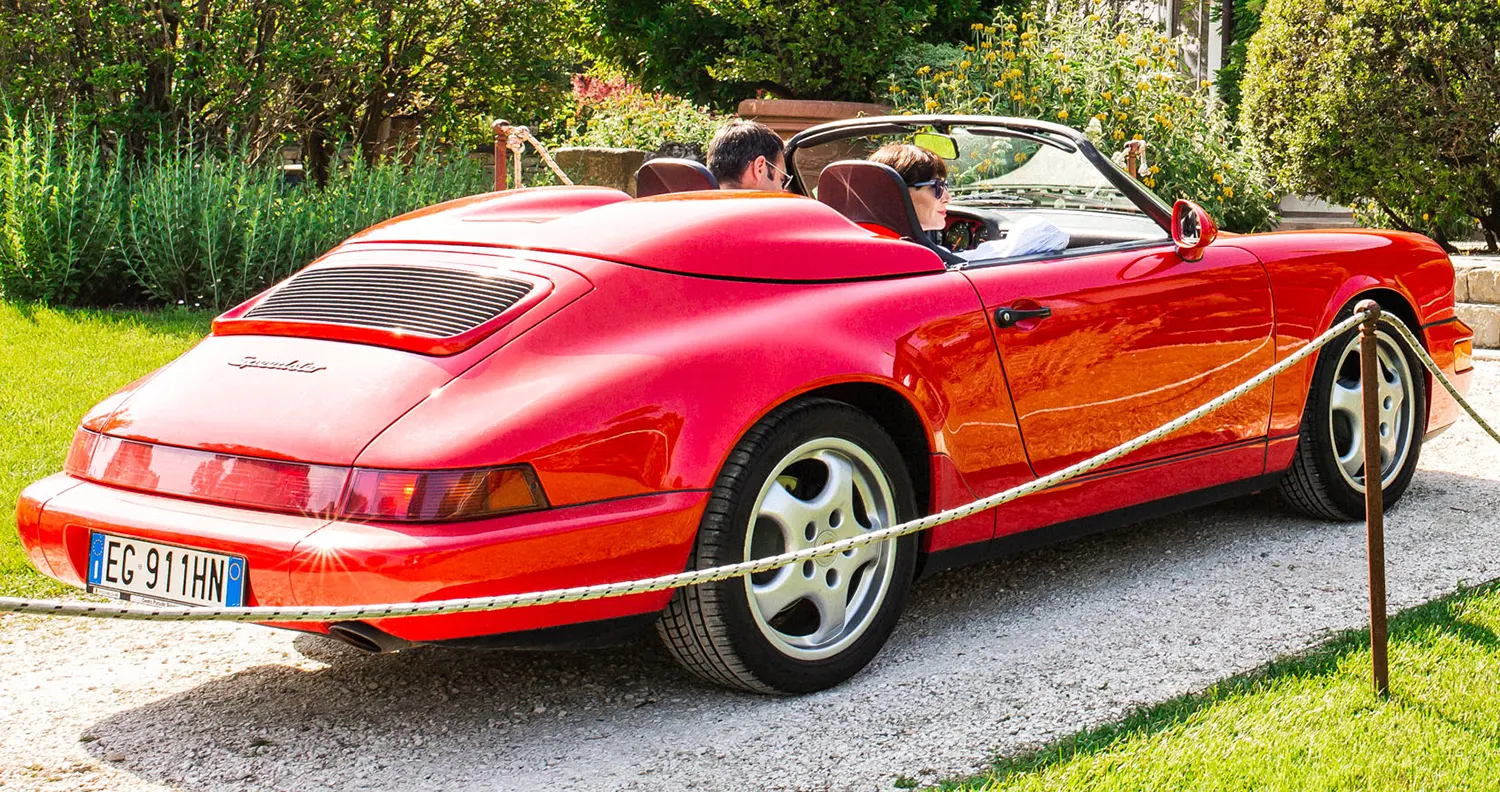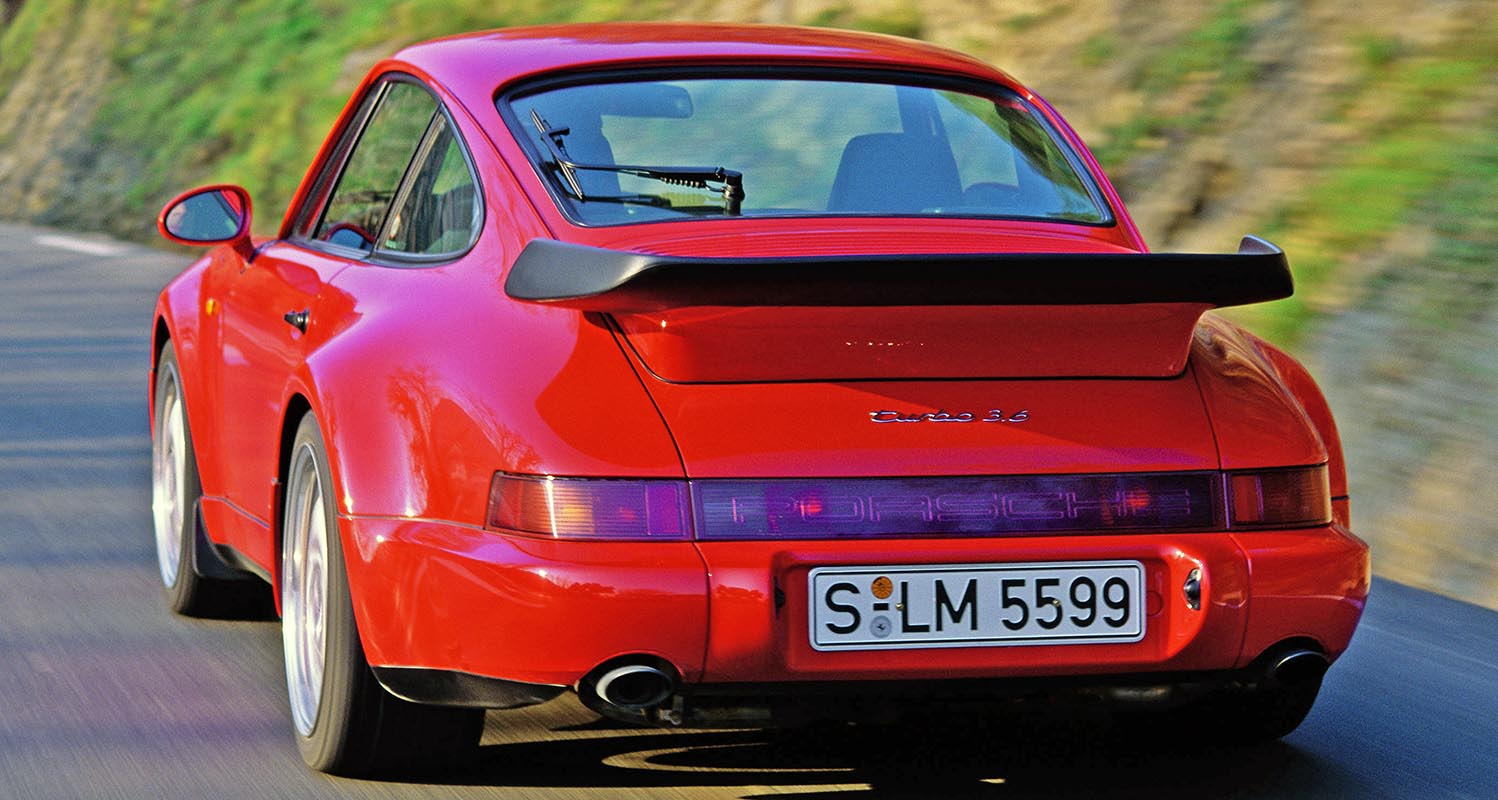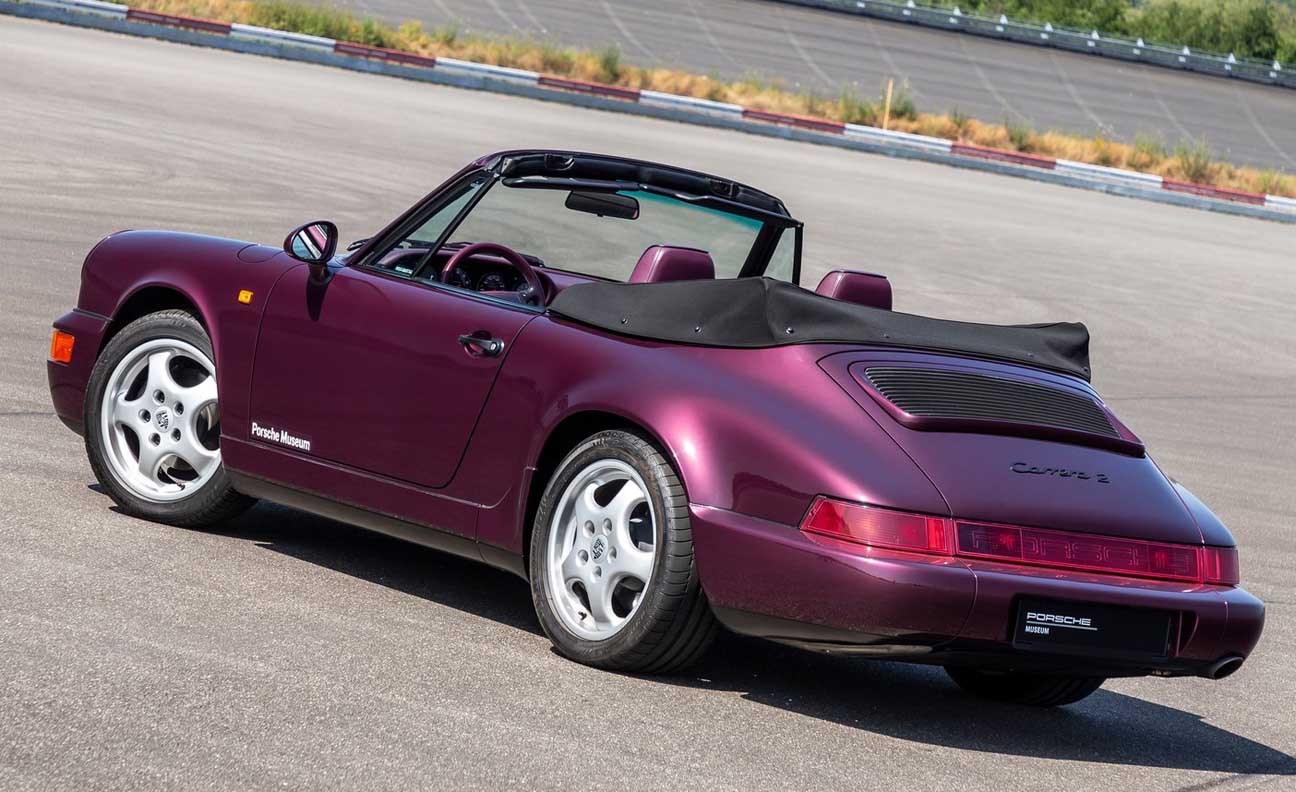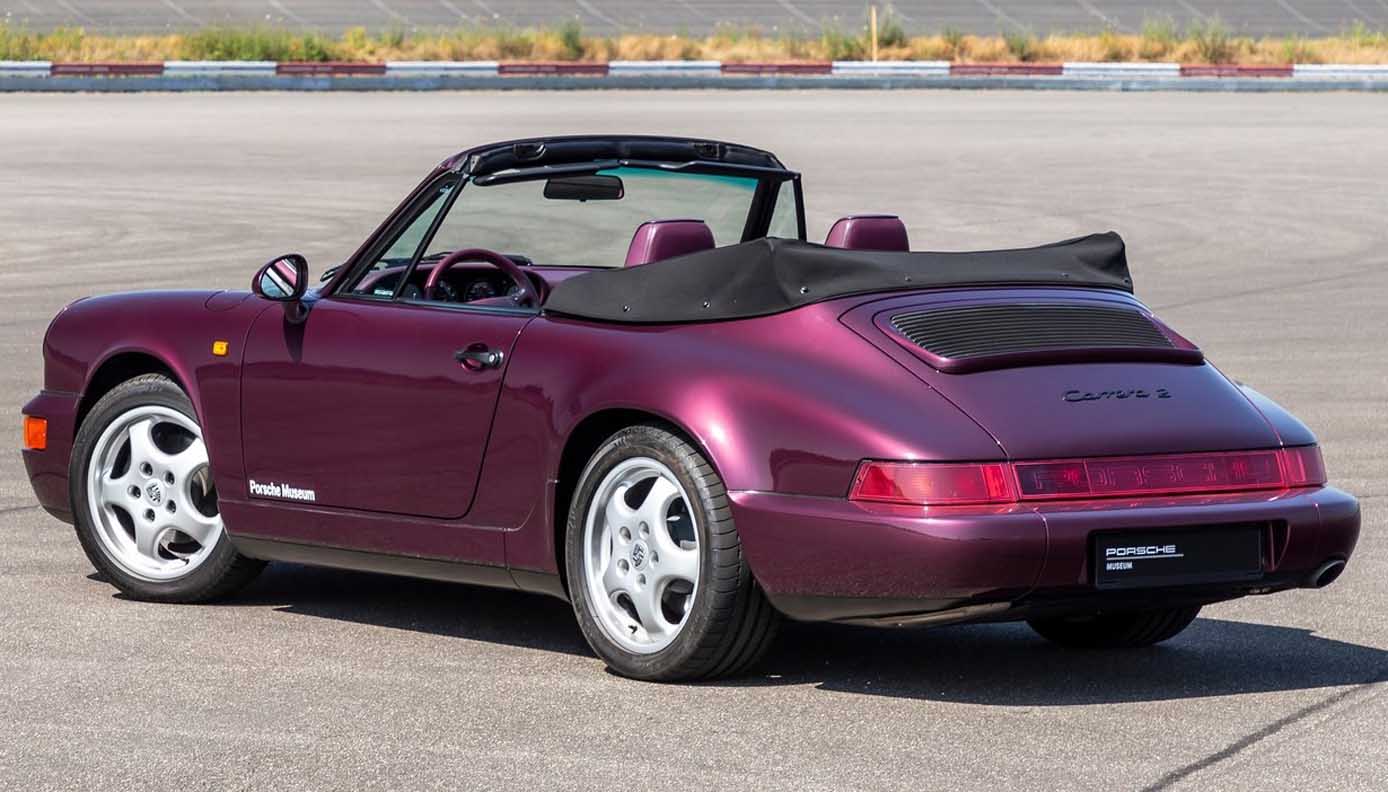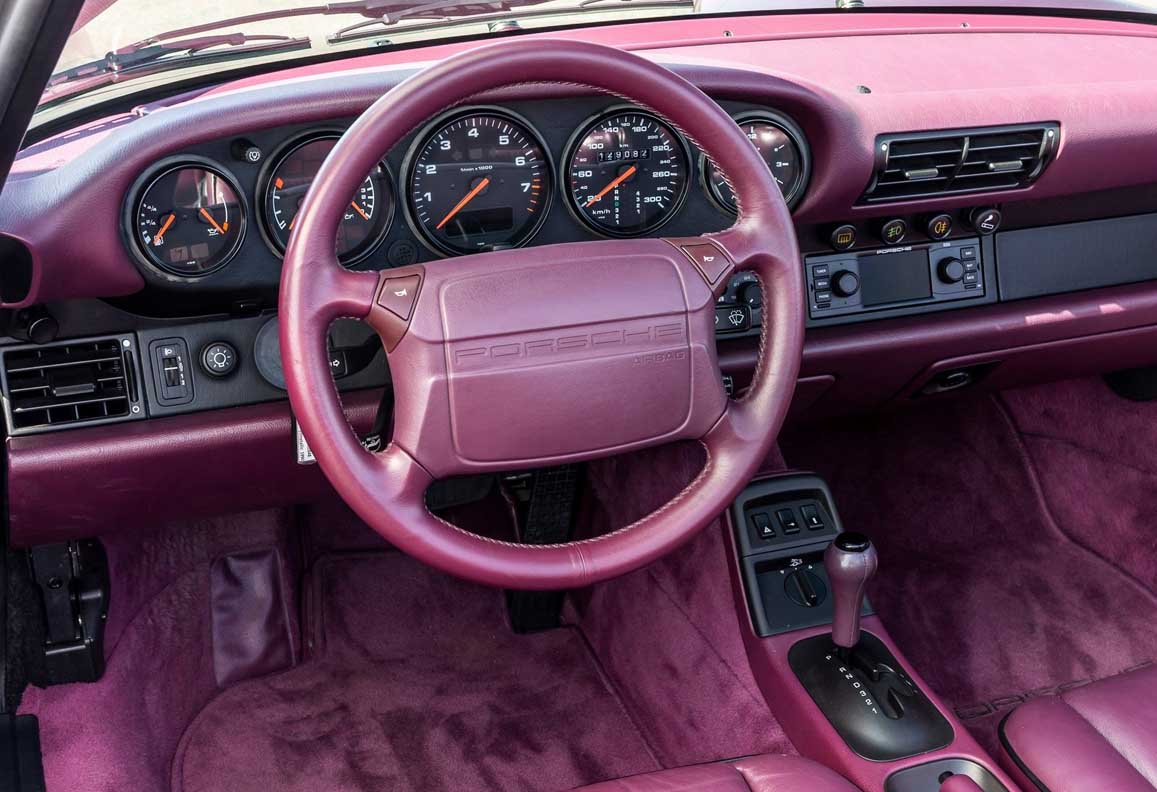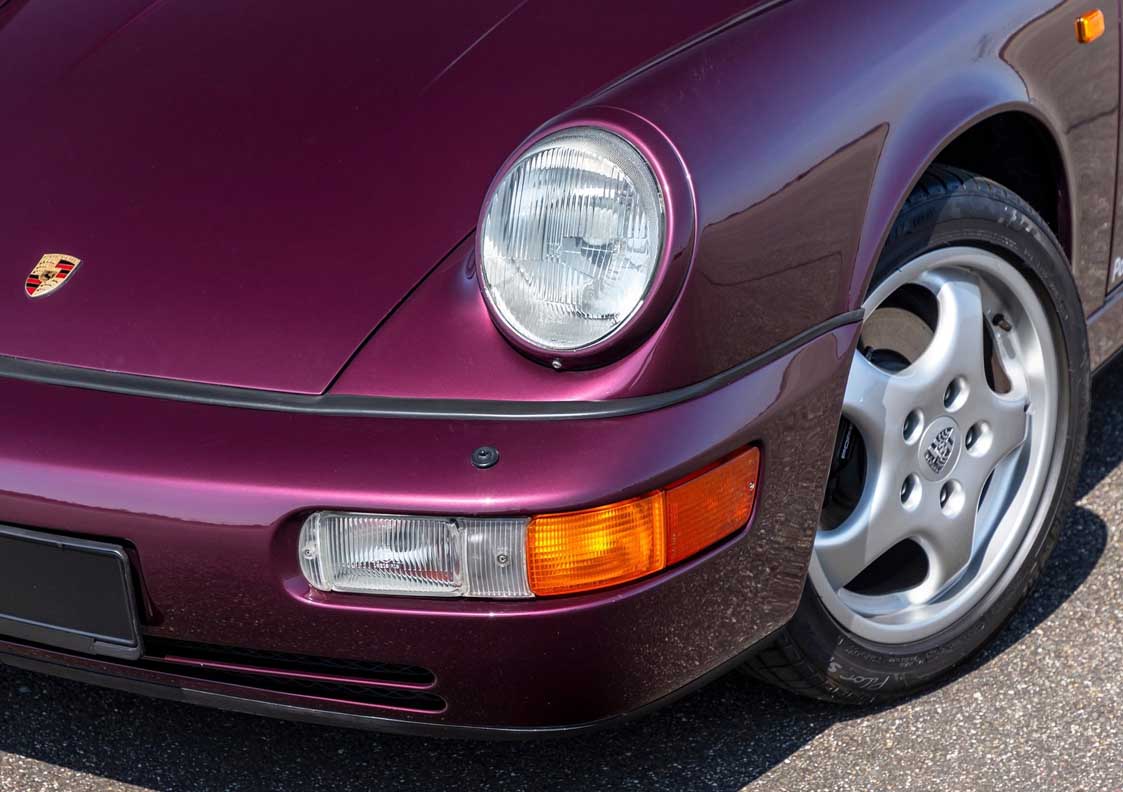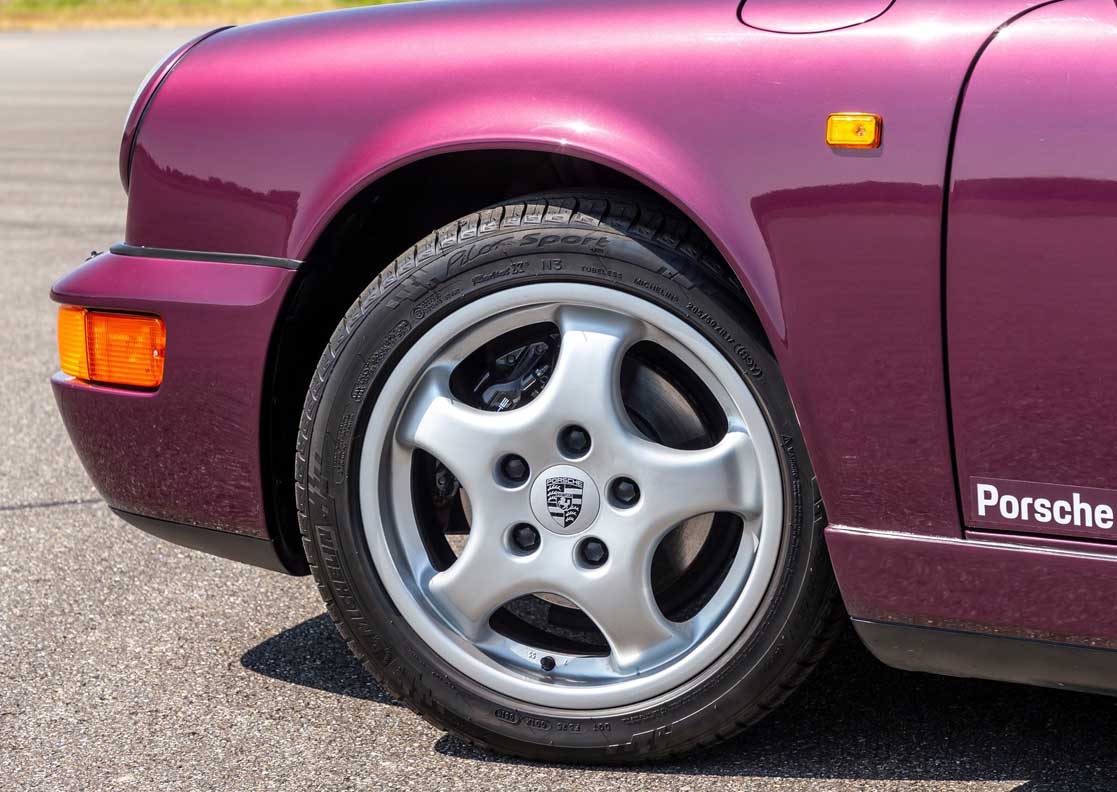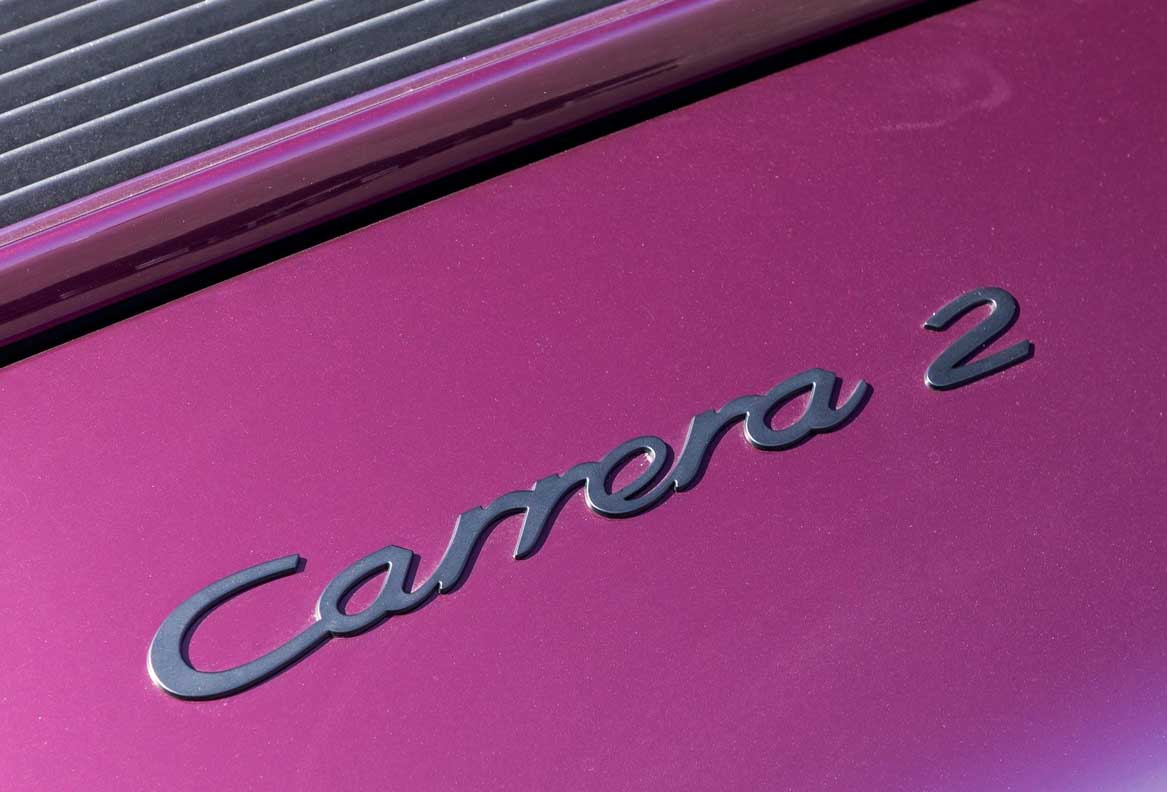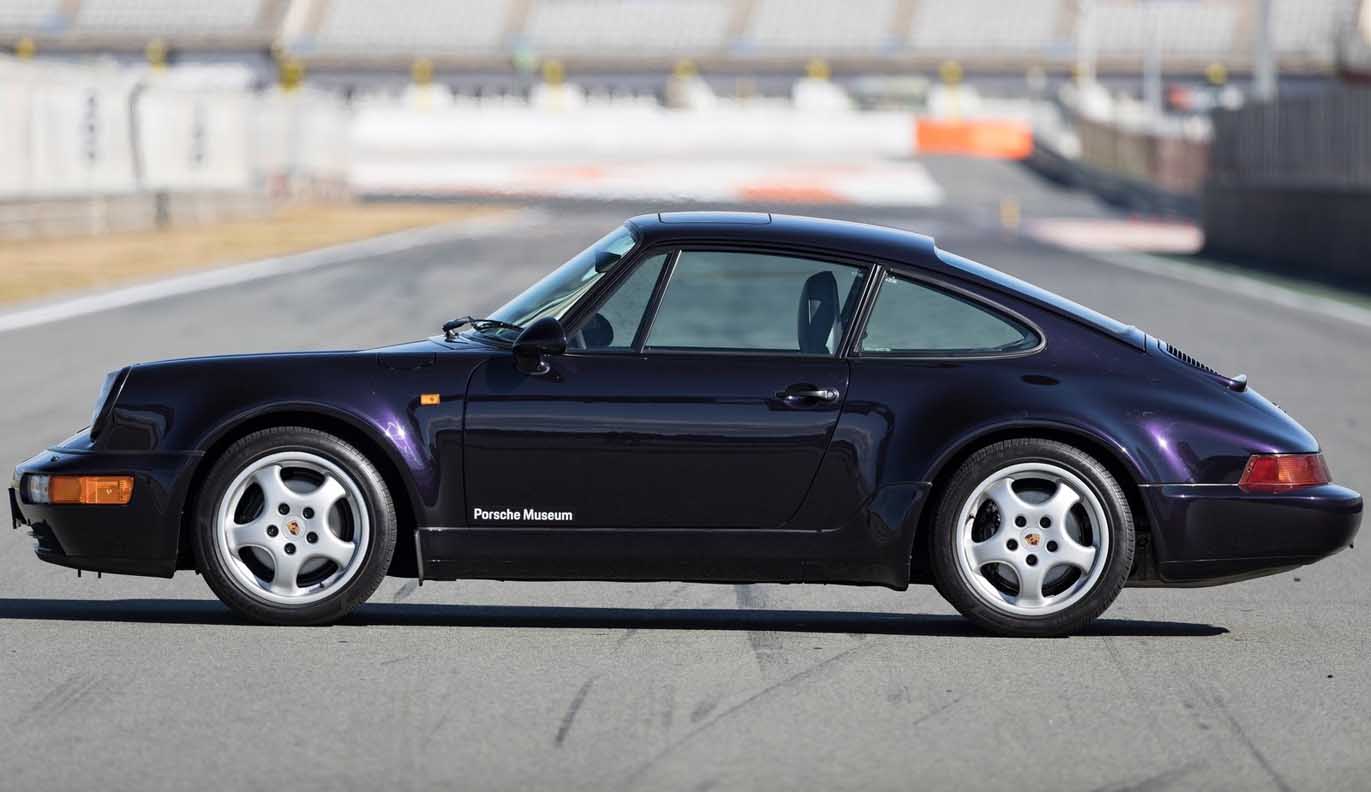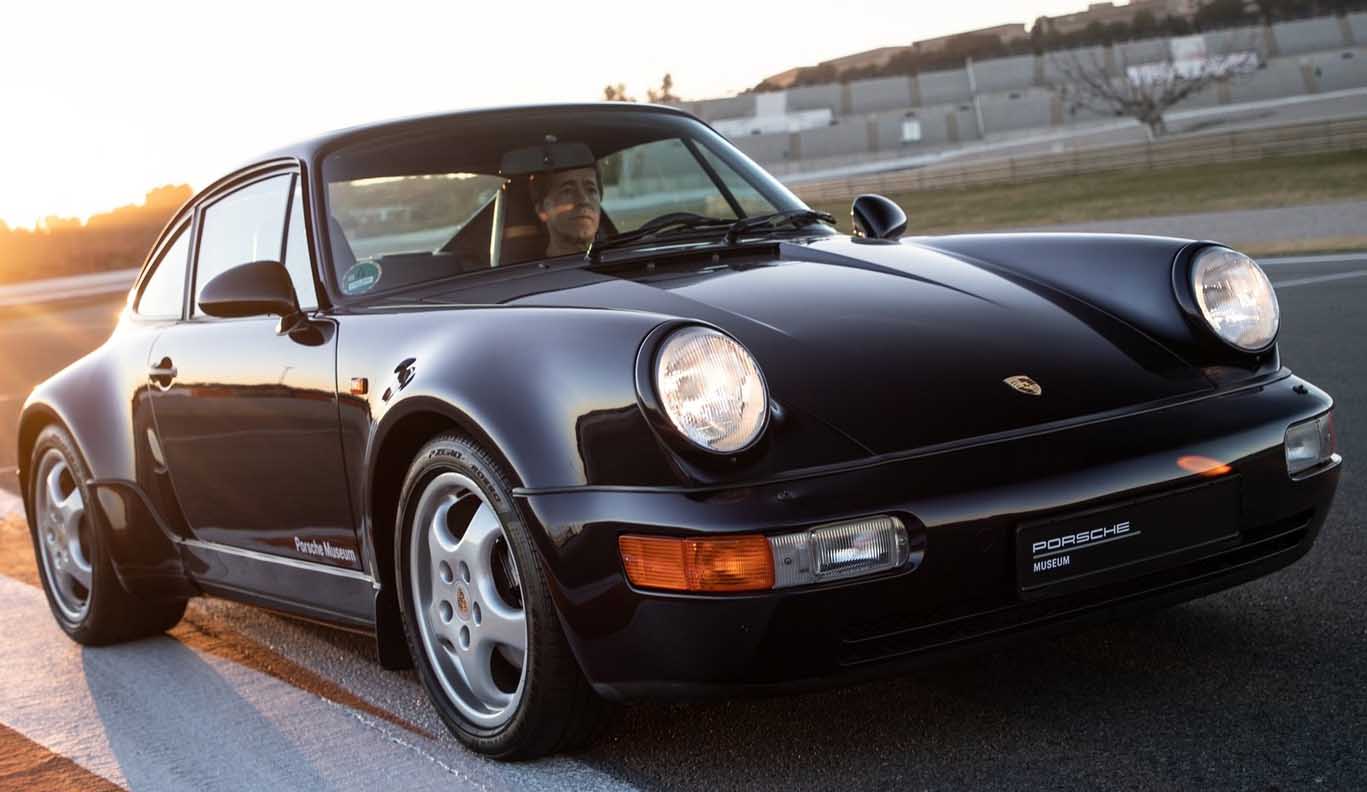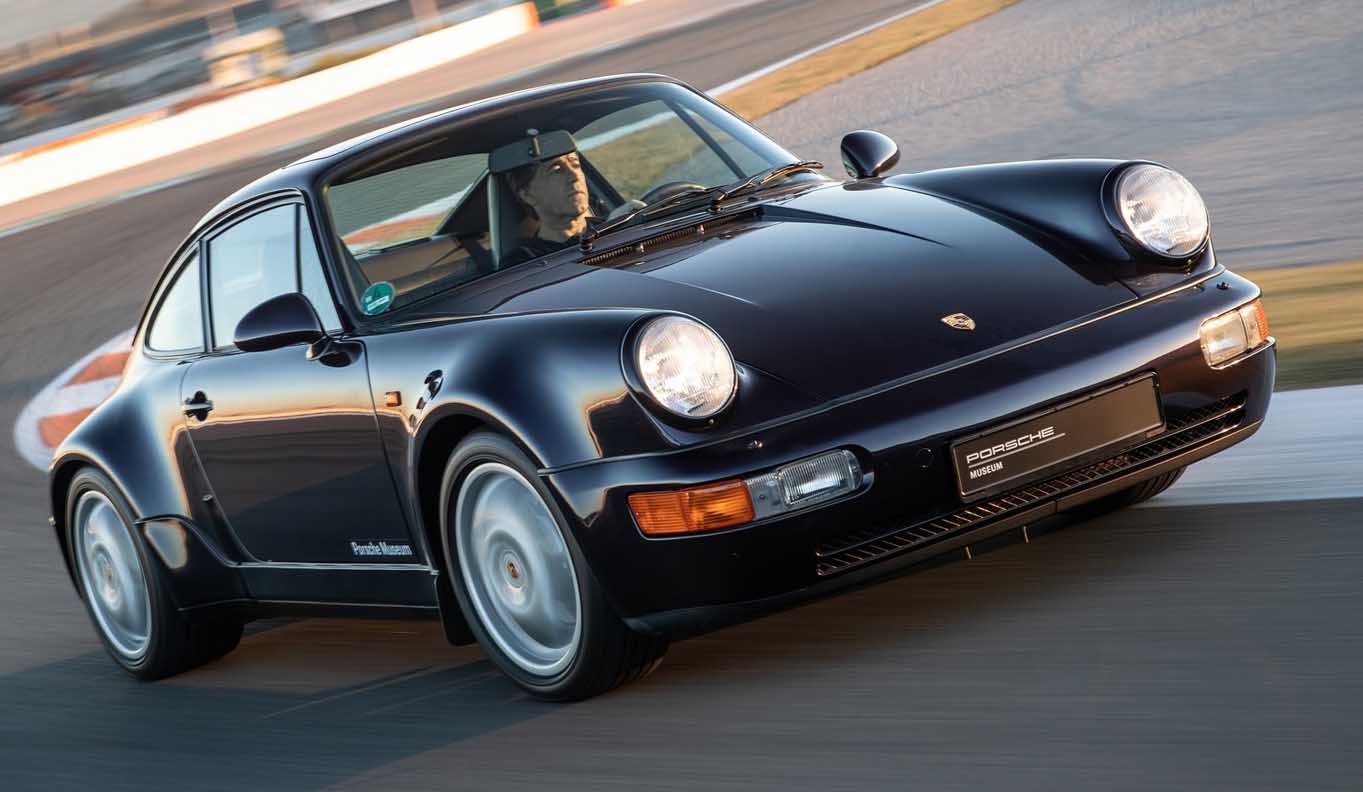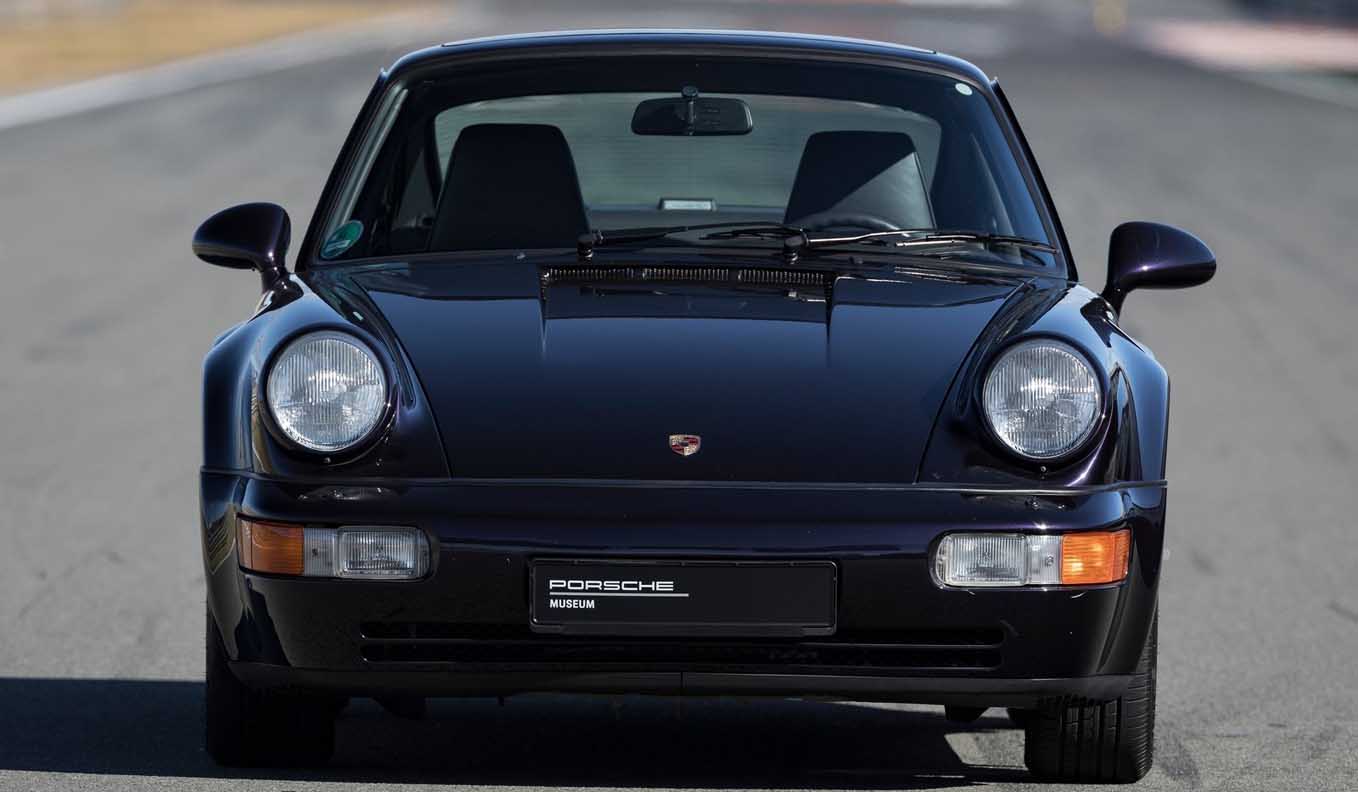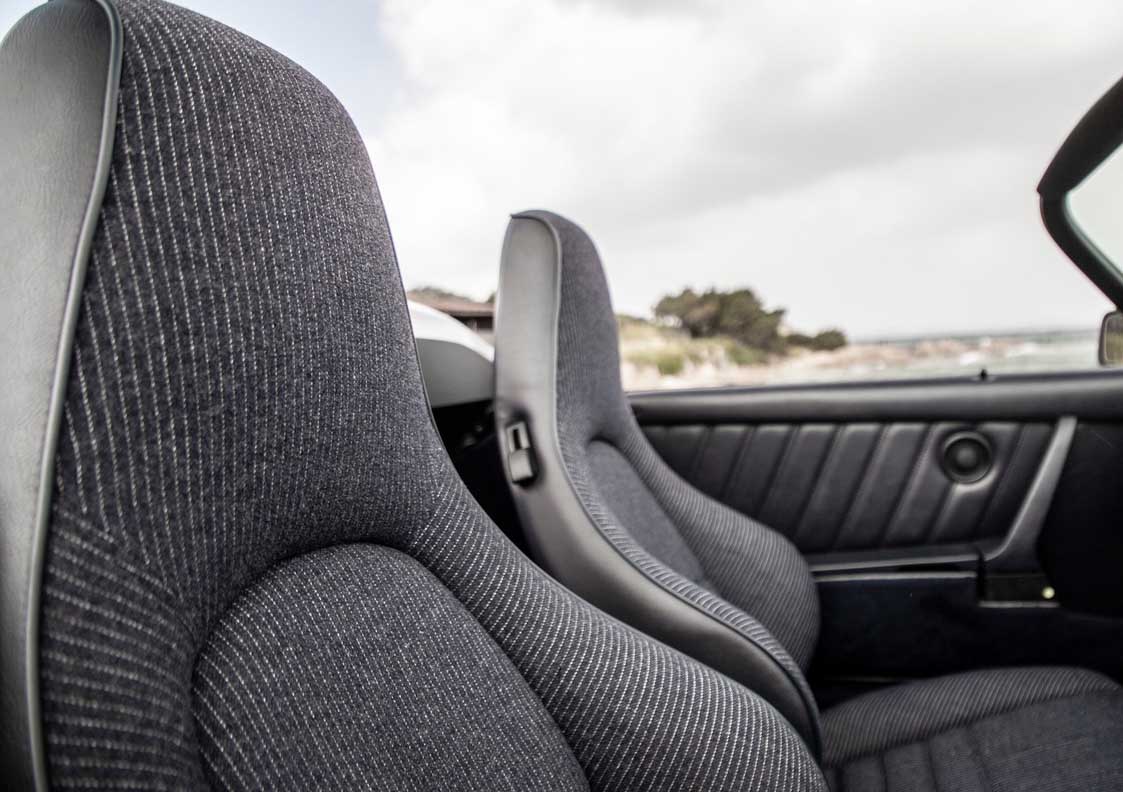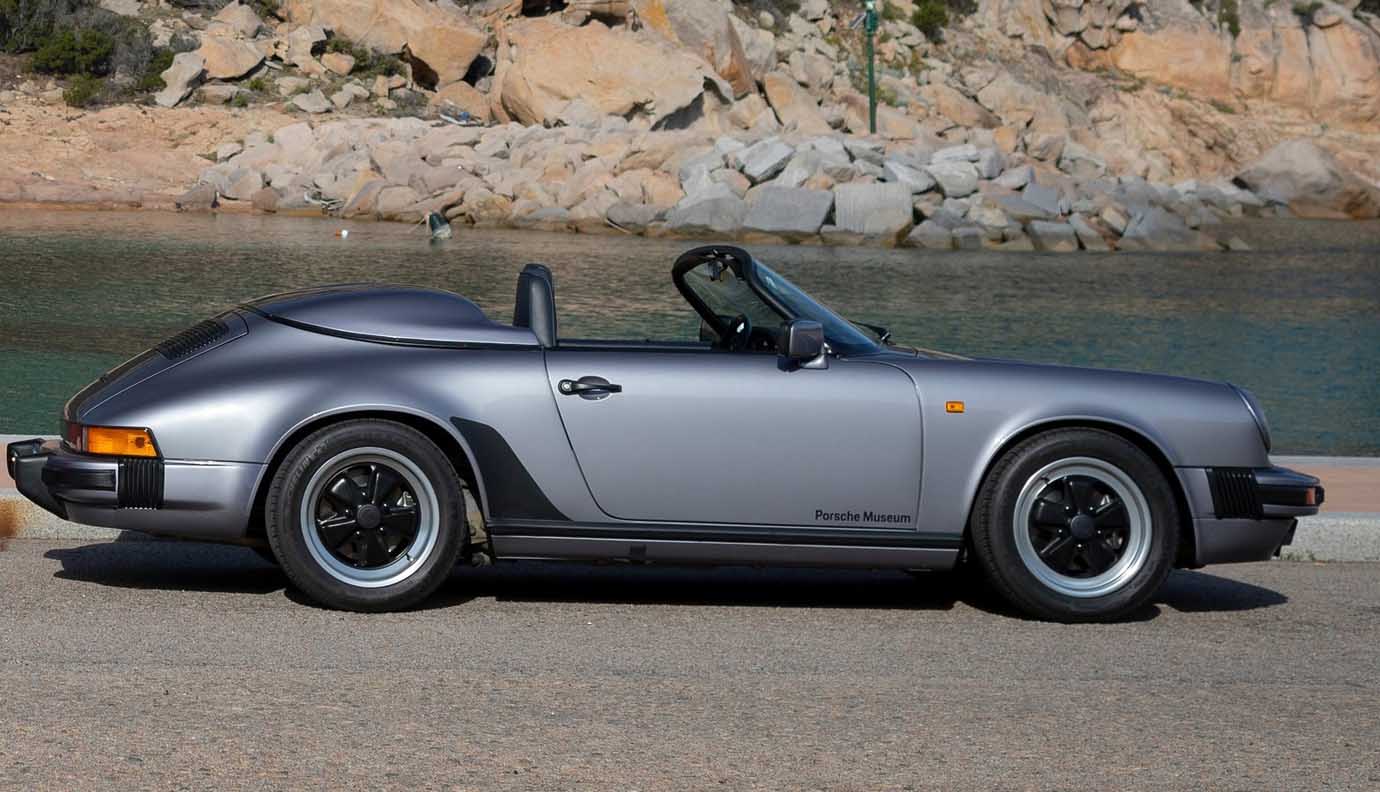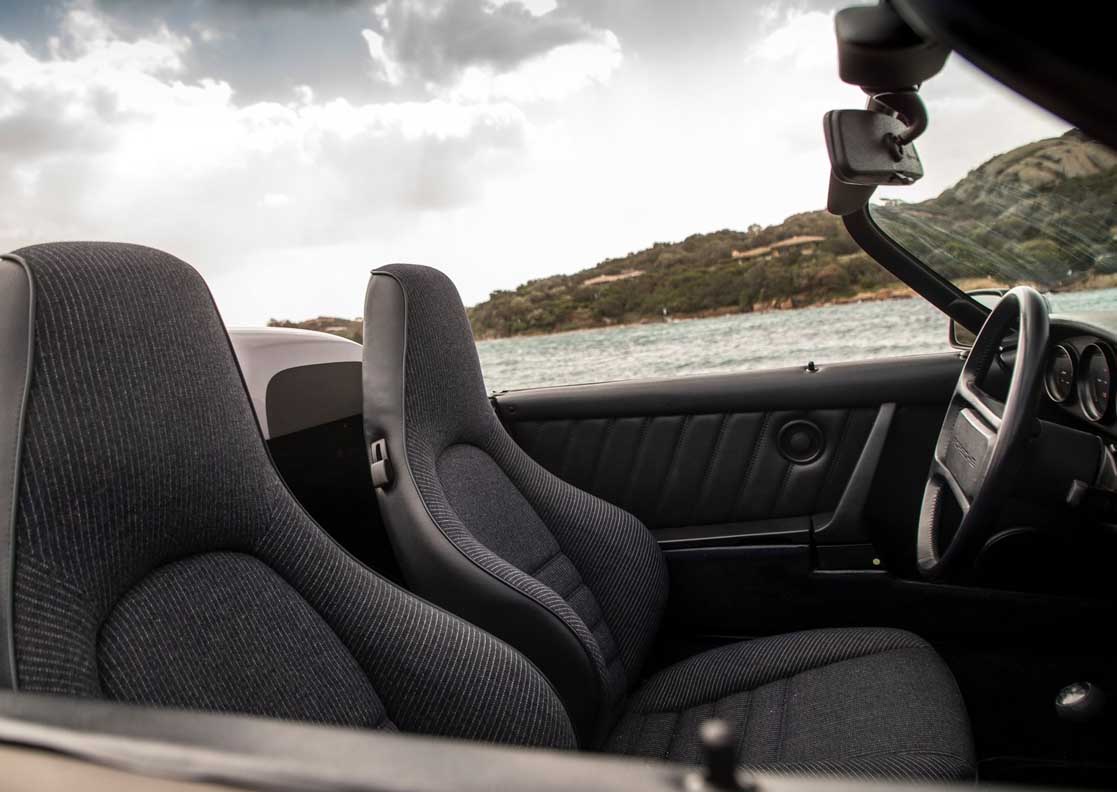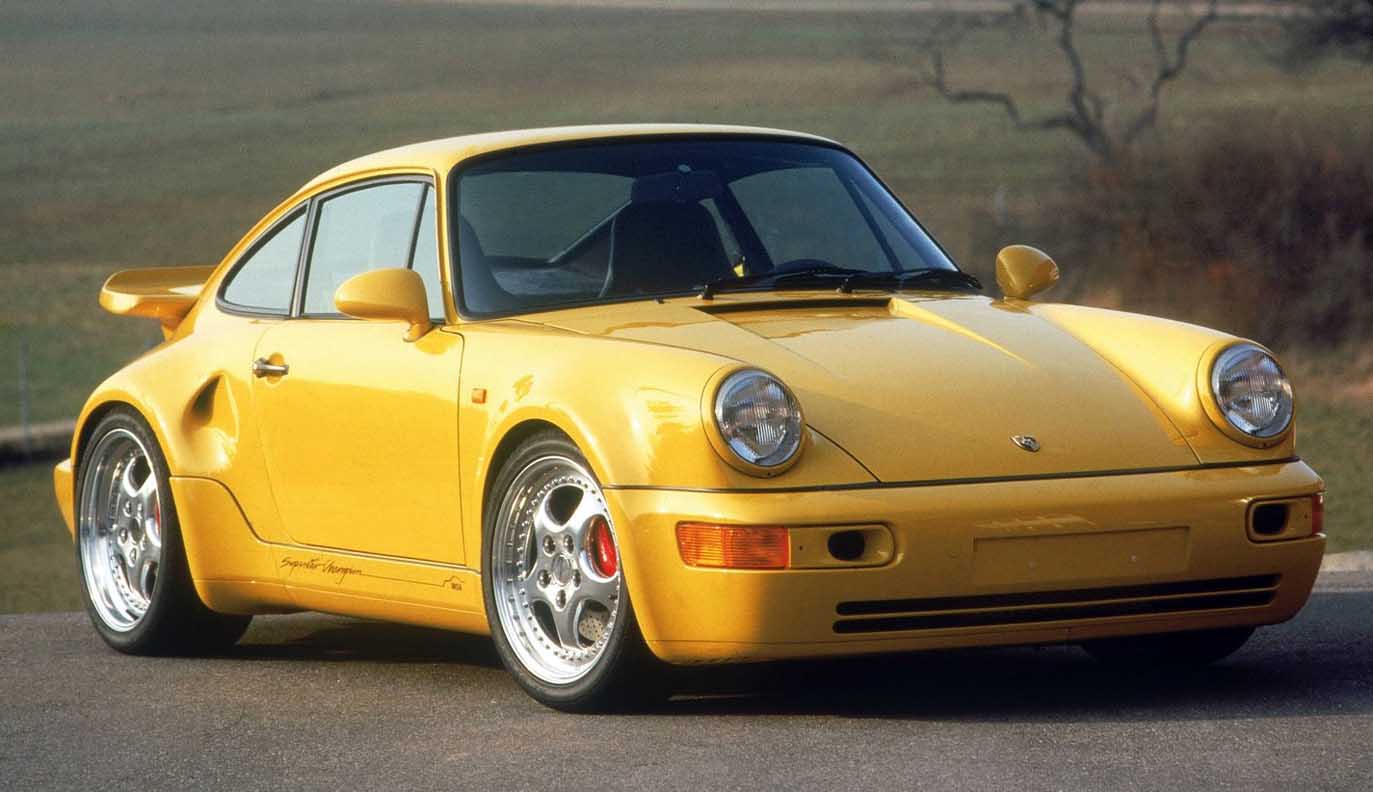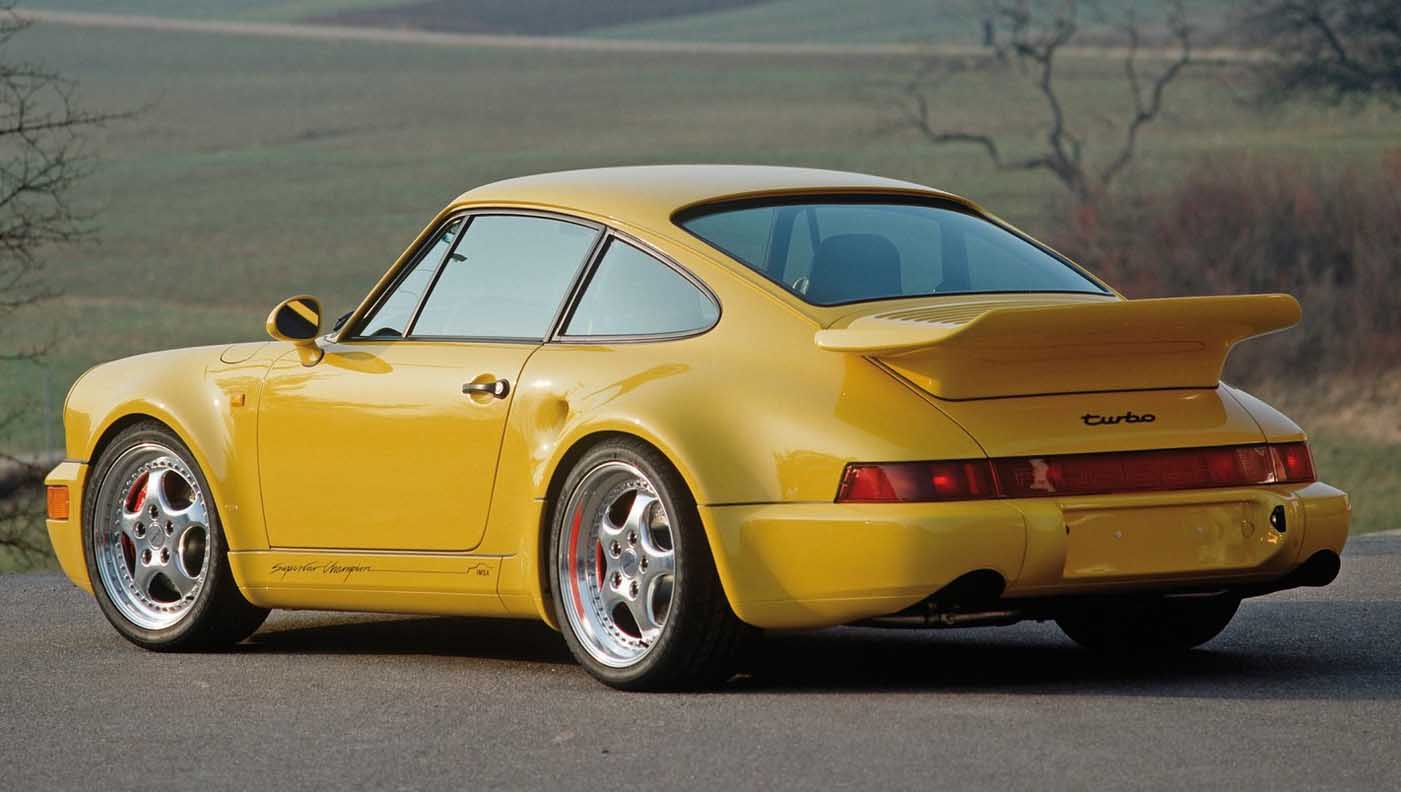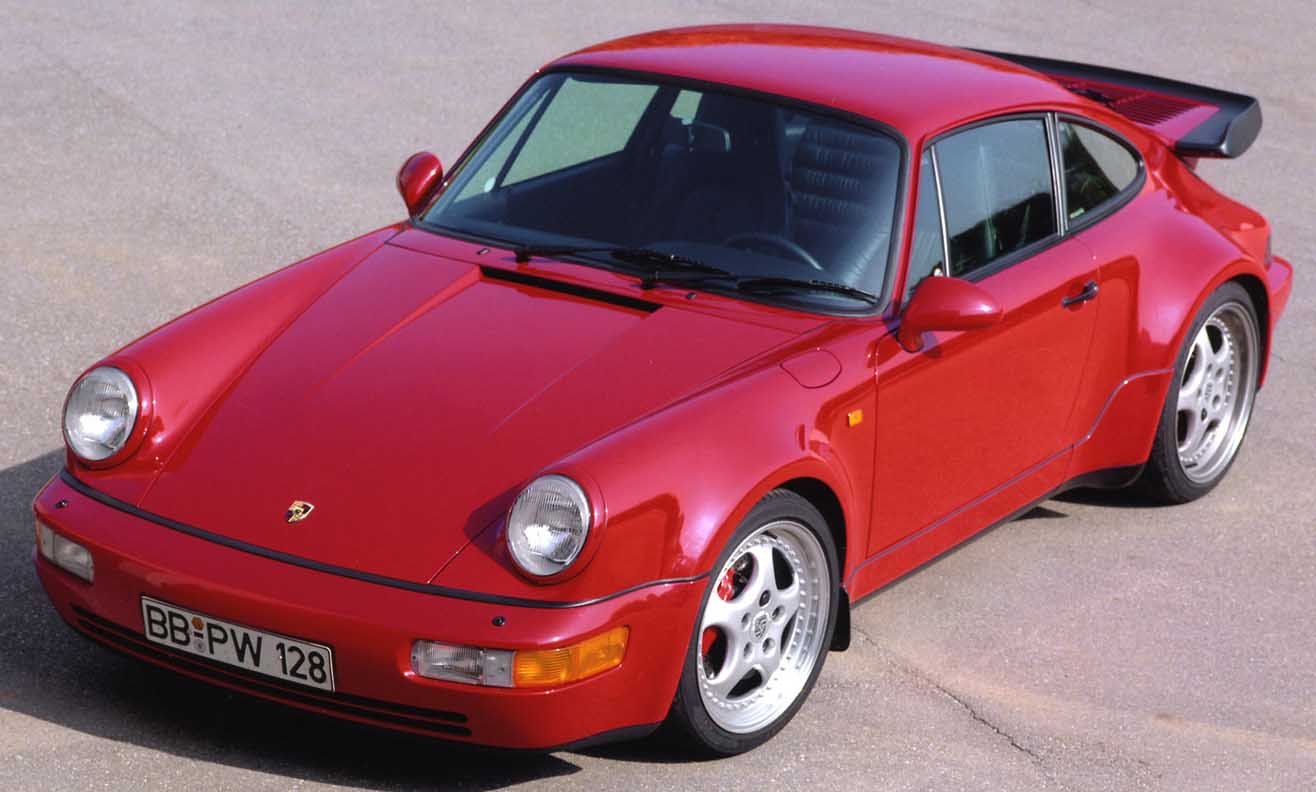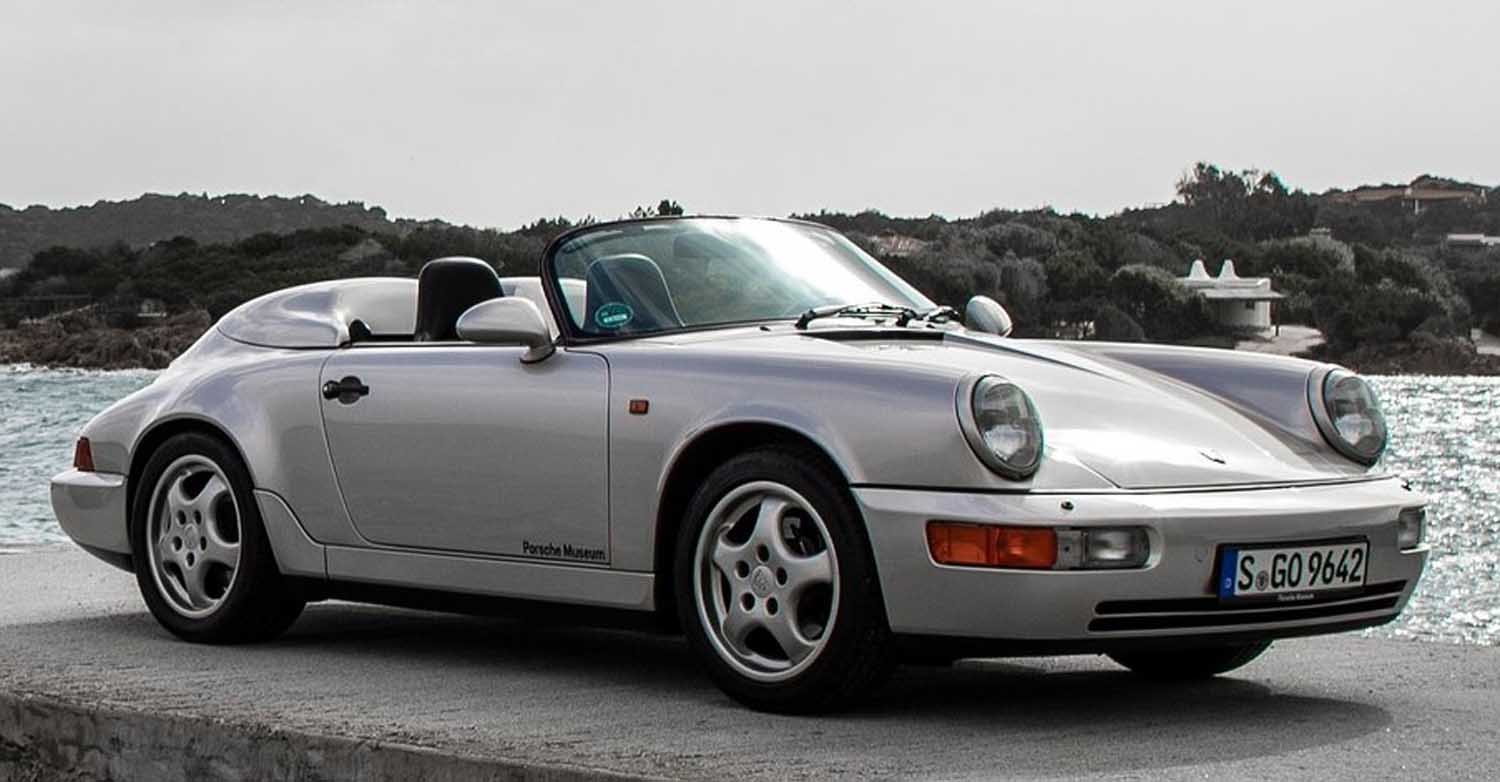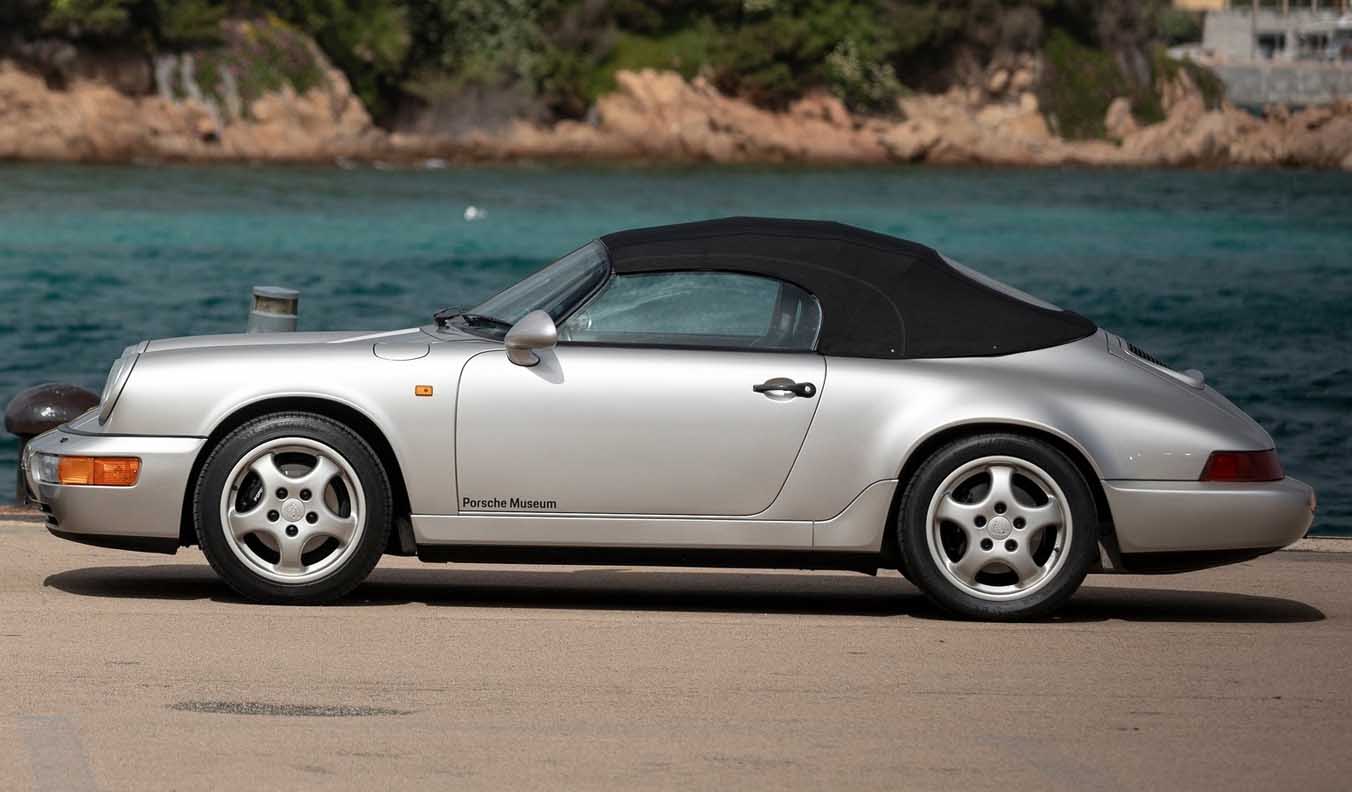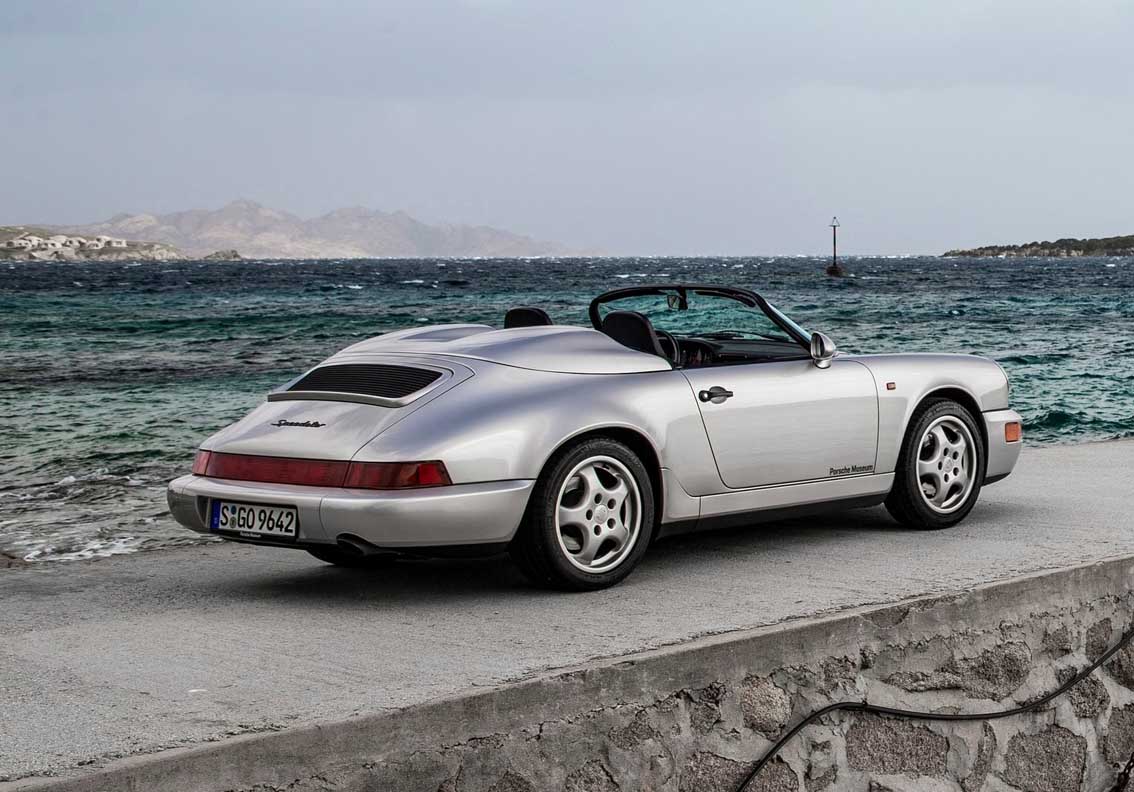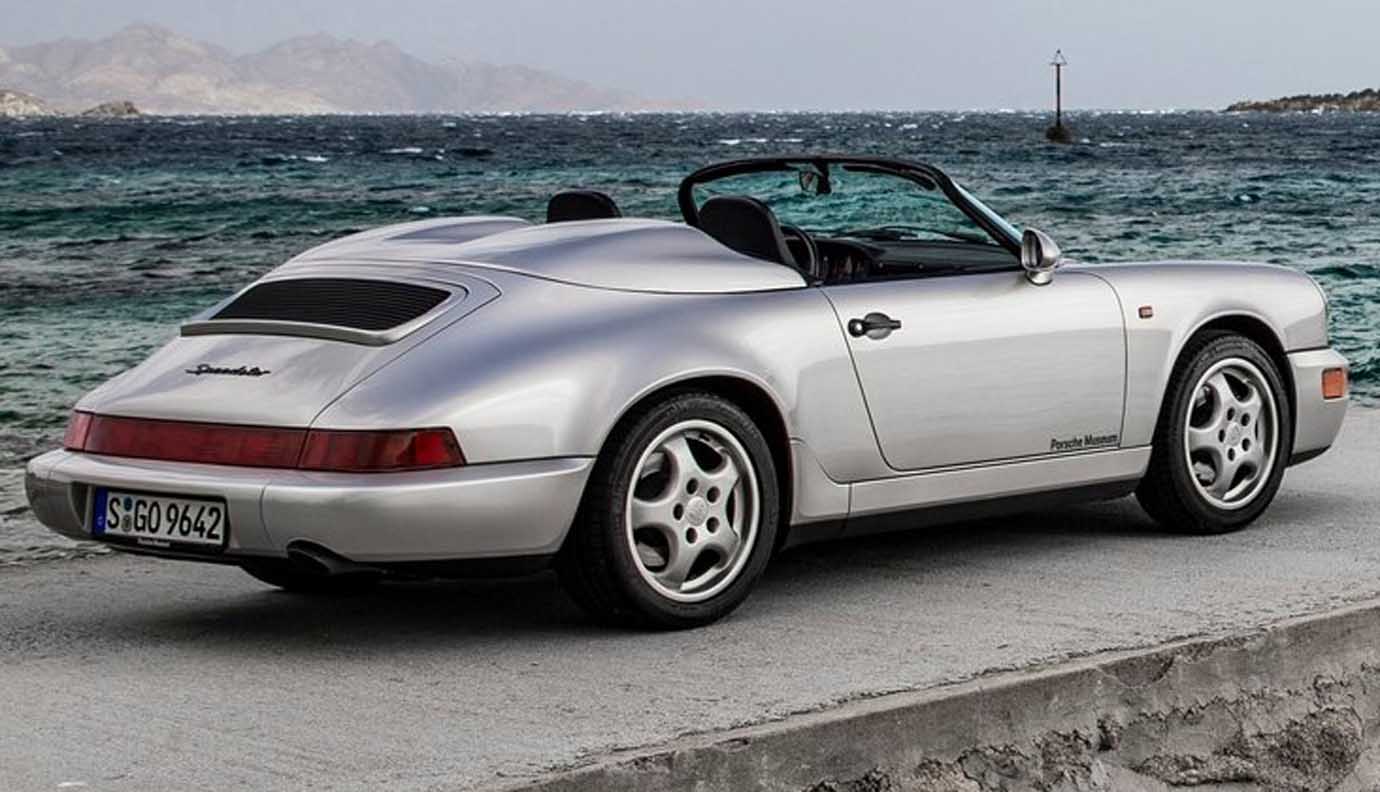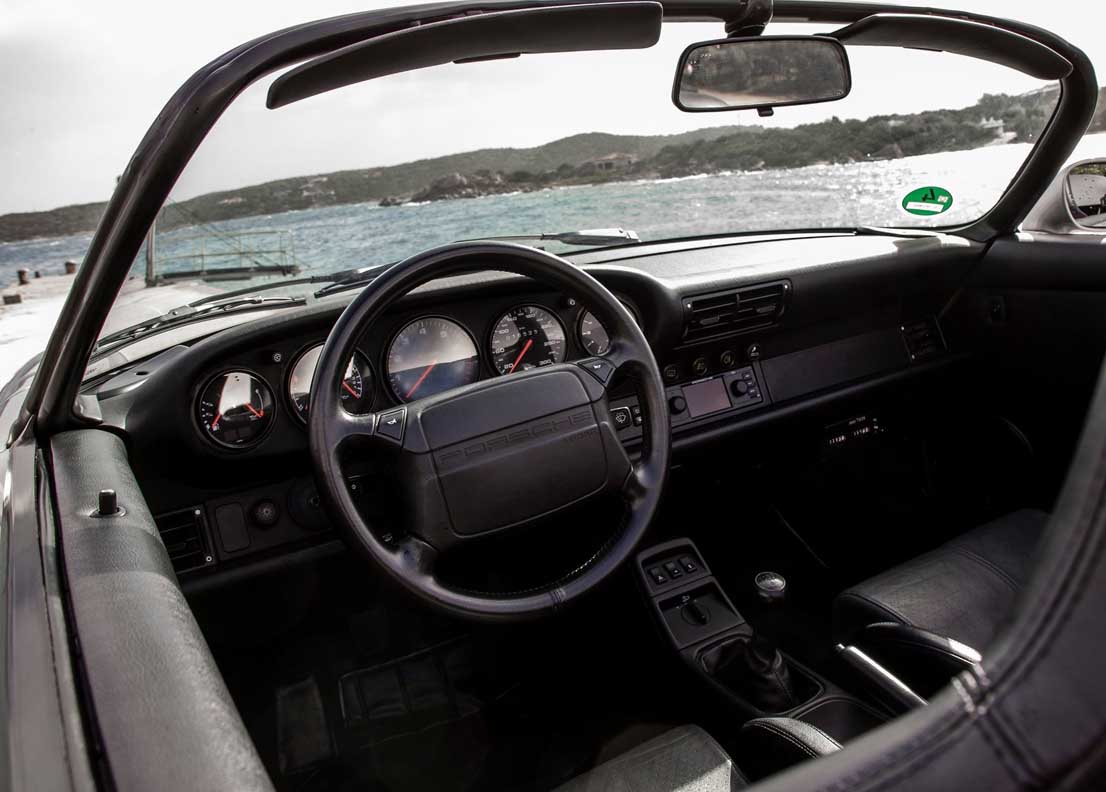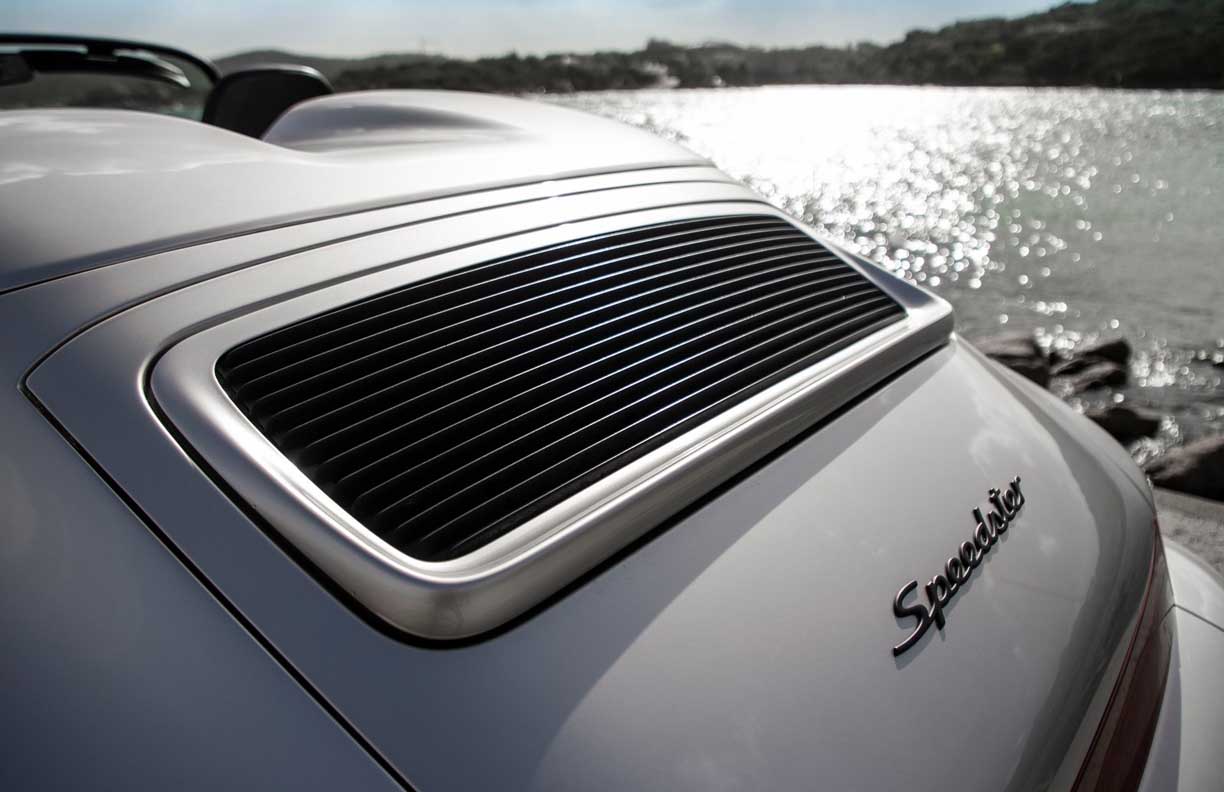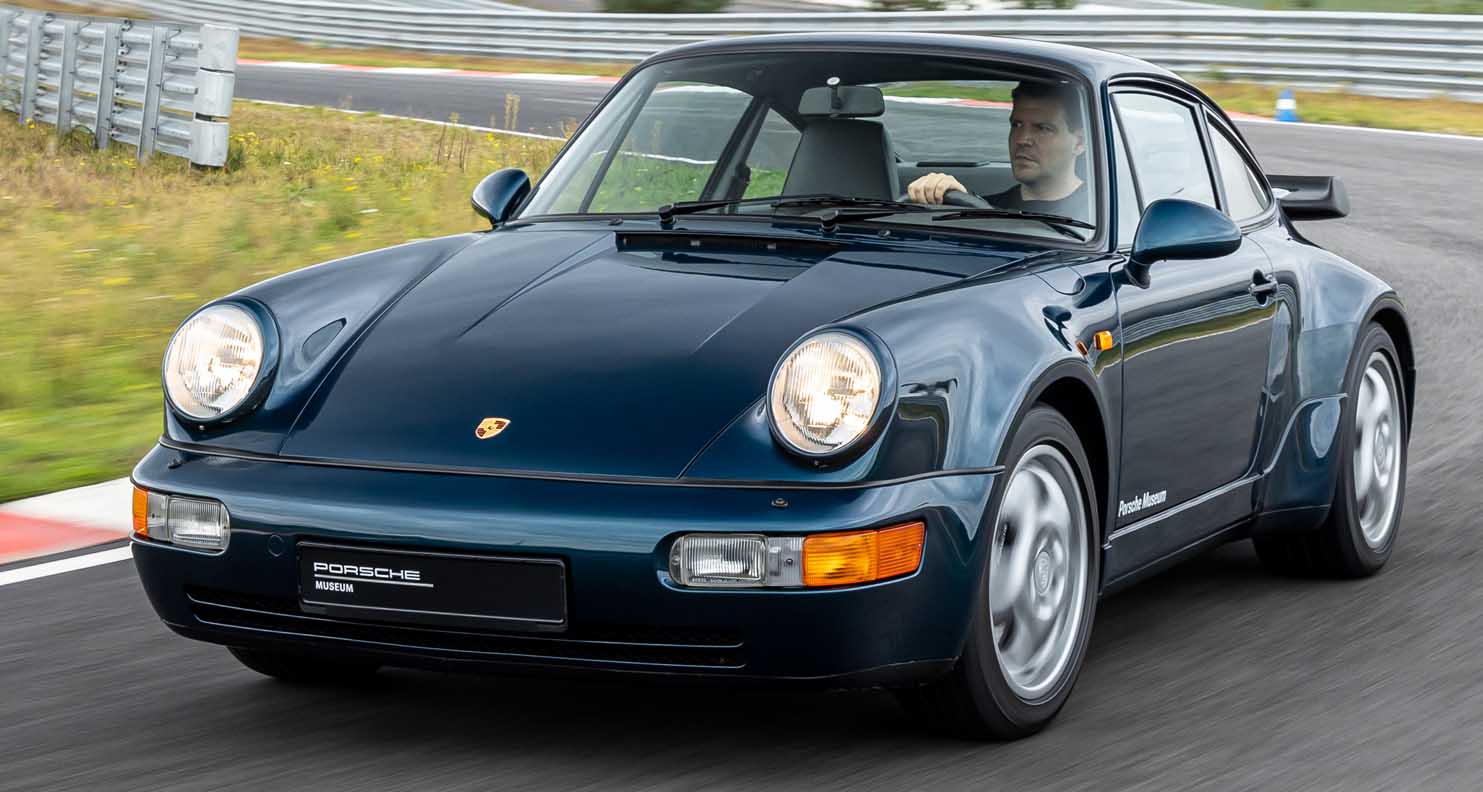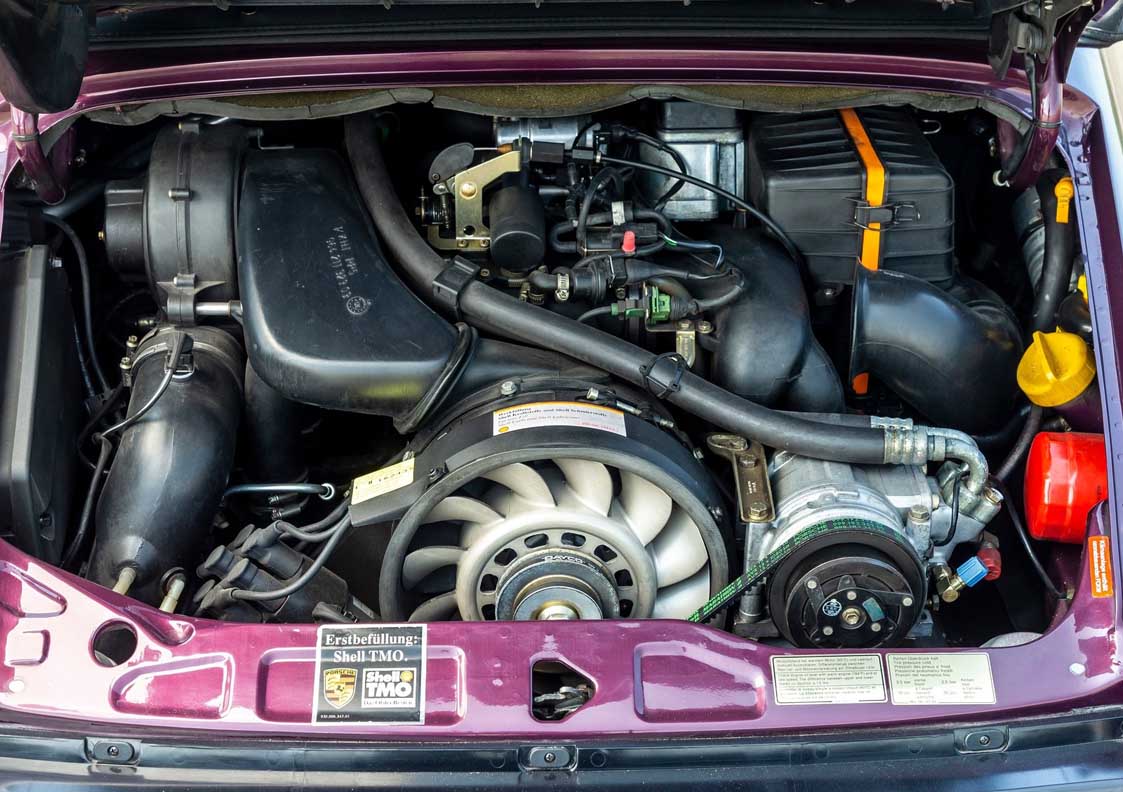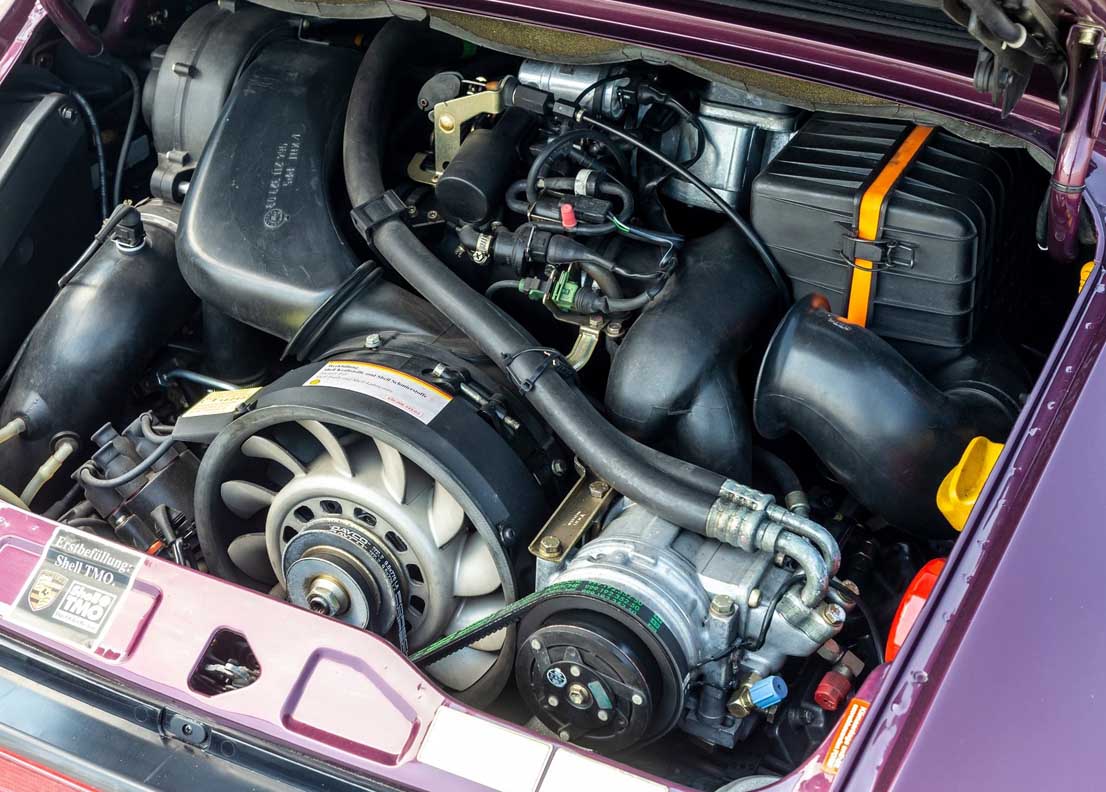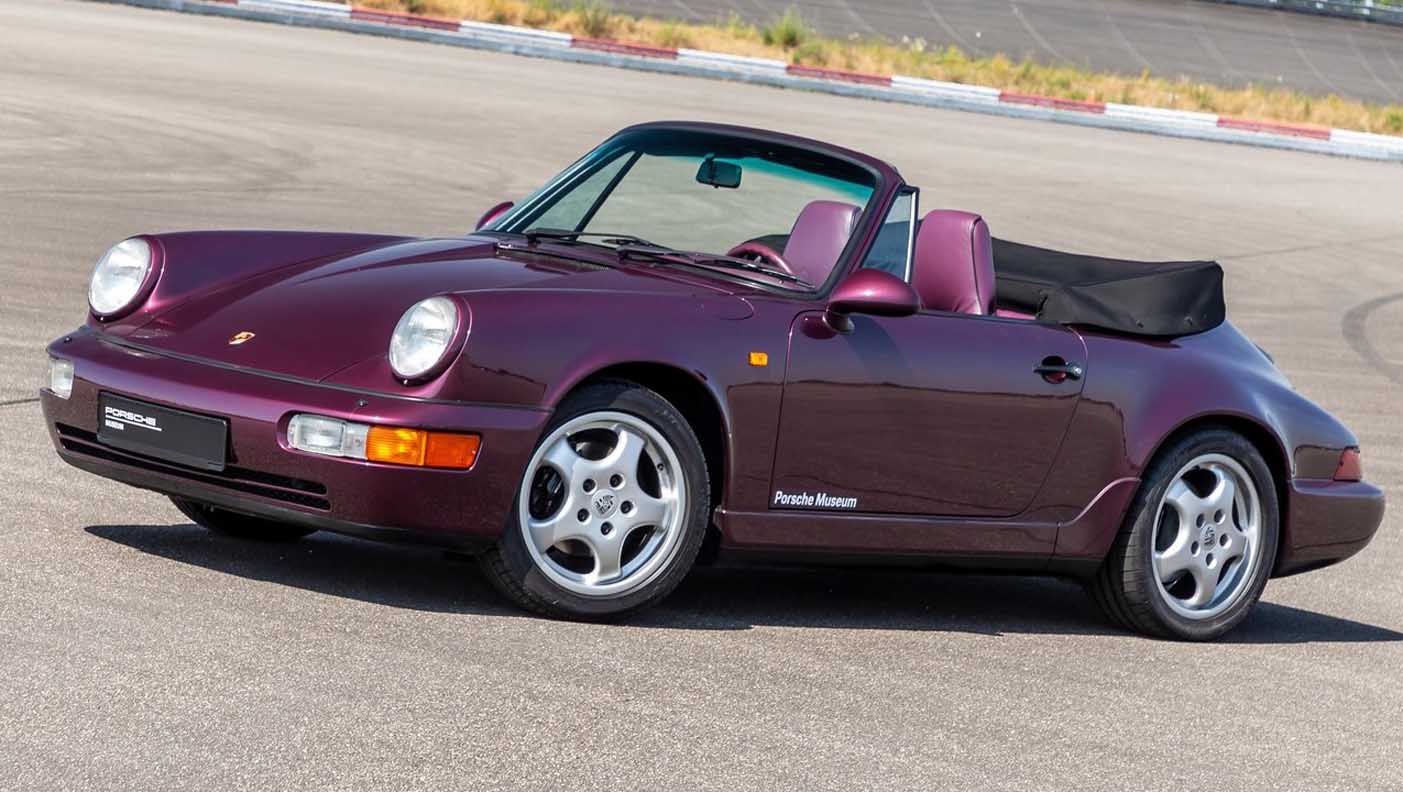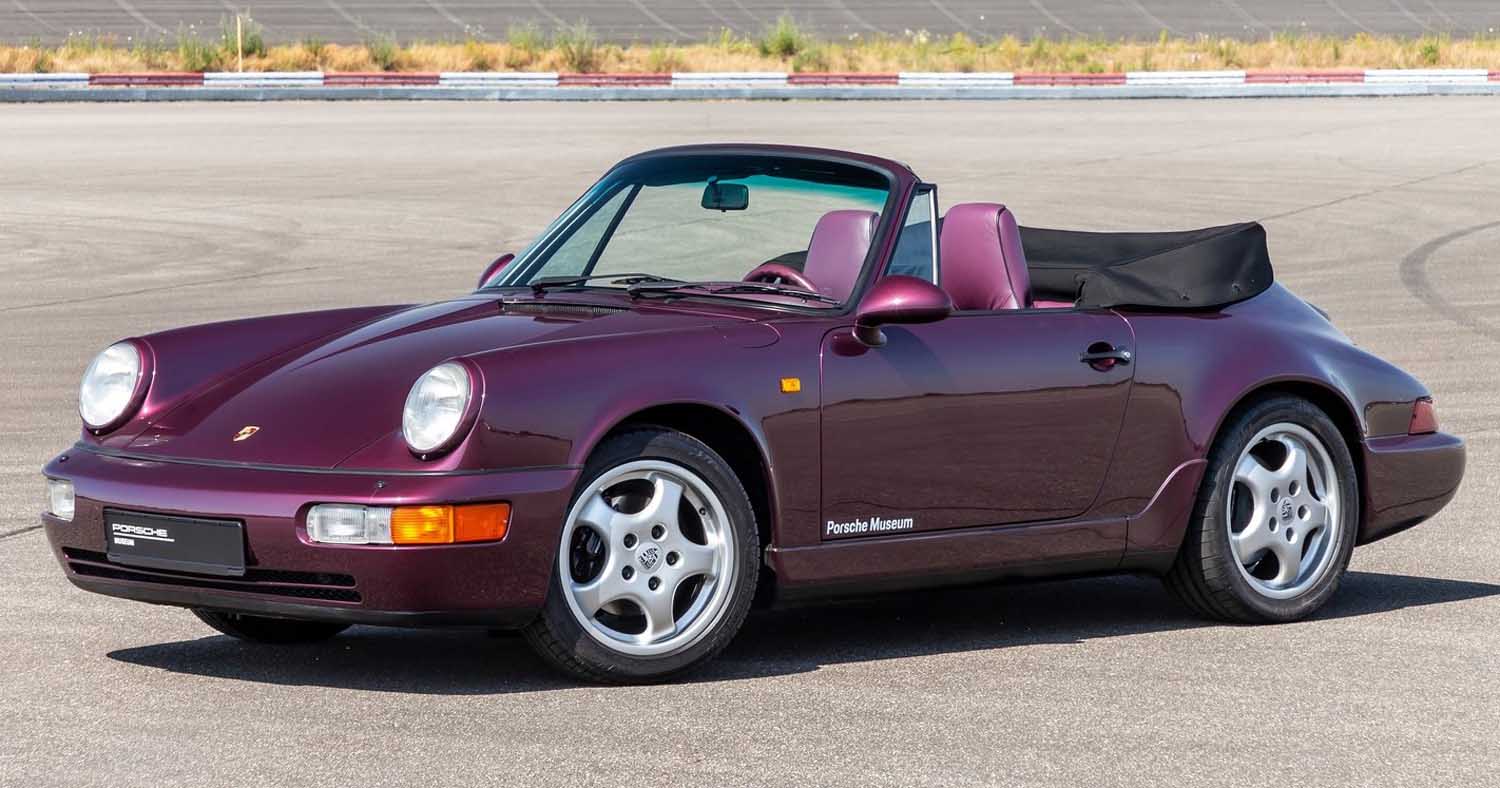
Let’s take a trip down memory lane and explore the Porsche 911 Type 964 model history. This generation of the iconic 911, produced from 1989 to 1994, often gets called a bridge between the classic air-cooled models and the more modern water-cooled era. However, the 964 was far more than just an interim solution. It brought significant technological advancements to the beloved platform while retaining the soul that makes a 911 a 911.
A New Era for the 911
The introduction of the Porsche 911 Type 964 was a big deal. By the late 1980s, the long-running 911 needed a significant update. Porsche listened to its loyal fanbase and engineers. They embarked on a mission to modernize the car. The goal was to improve performance, handling, and comfort. Yet, they also wanted to keep the essential character intact. The result was the 964. It retained the familiar silhouette. Underneath, however, it was about 85% new.
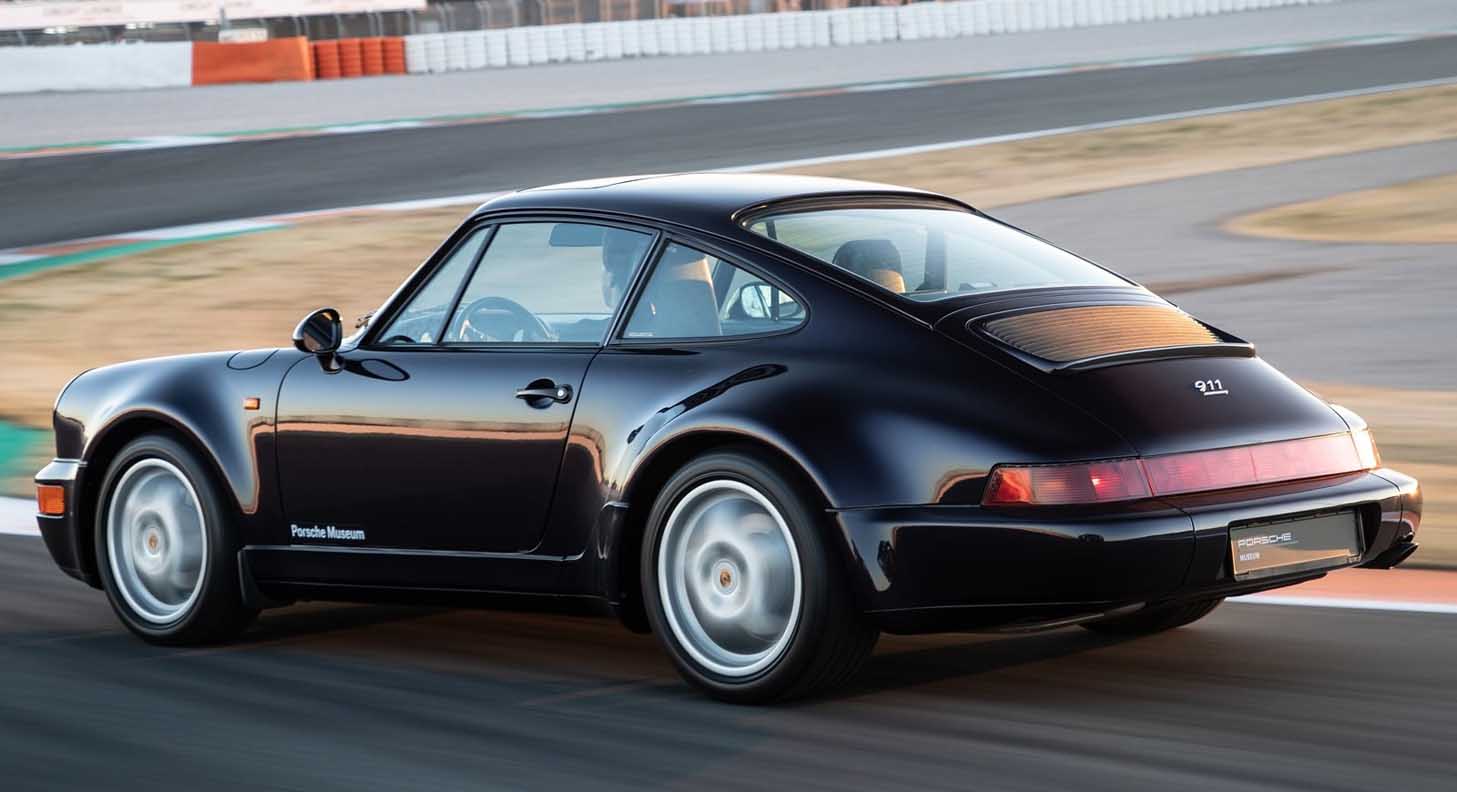
Technological Leaps Forward
The 964 brought with it a host of innovations. Power steering made maneuvering easier. ABS (Anti-lock Braking System) enhanced safety. Dual airbags were another important addition. The biggest change, however, was the adoption of coil springs and shock absorbers. This replaced the traditional torsion bar suspension. This change significantly improved the ride quality and handling precision. It made the 911 more user-friendly in everyday driving.
Engine Evolution and Performance
The heart of any 911 is its engine. The 964 featured an updated version of the classic flat-six engine. Initially, the Carrera 2 and Carrera 4 models used a 3.6-liter naturally aspirated engine. This engine produced a healthy 250 horsepower. This provided strong performance. The Carrera 2, with its rear-wheel drive, offered a purer driving experience. The Carrera 4, with its all-wheel drive, provided added grip and stability.
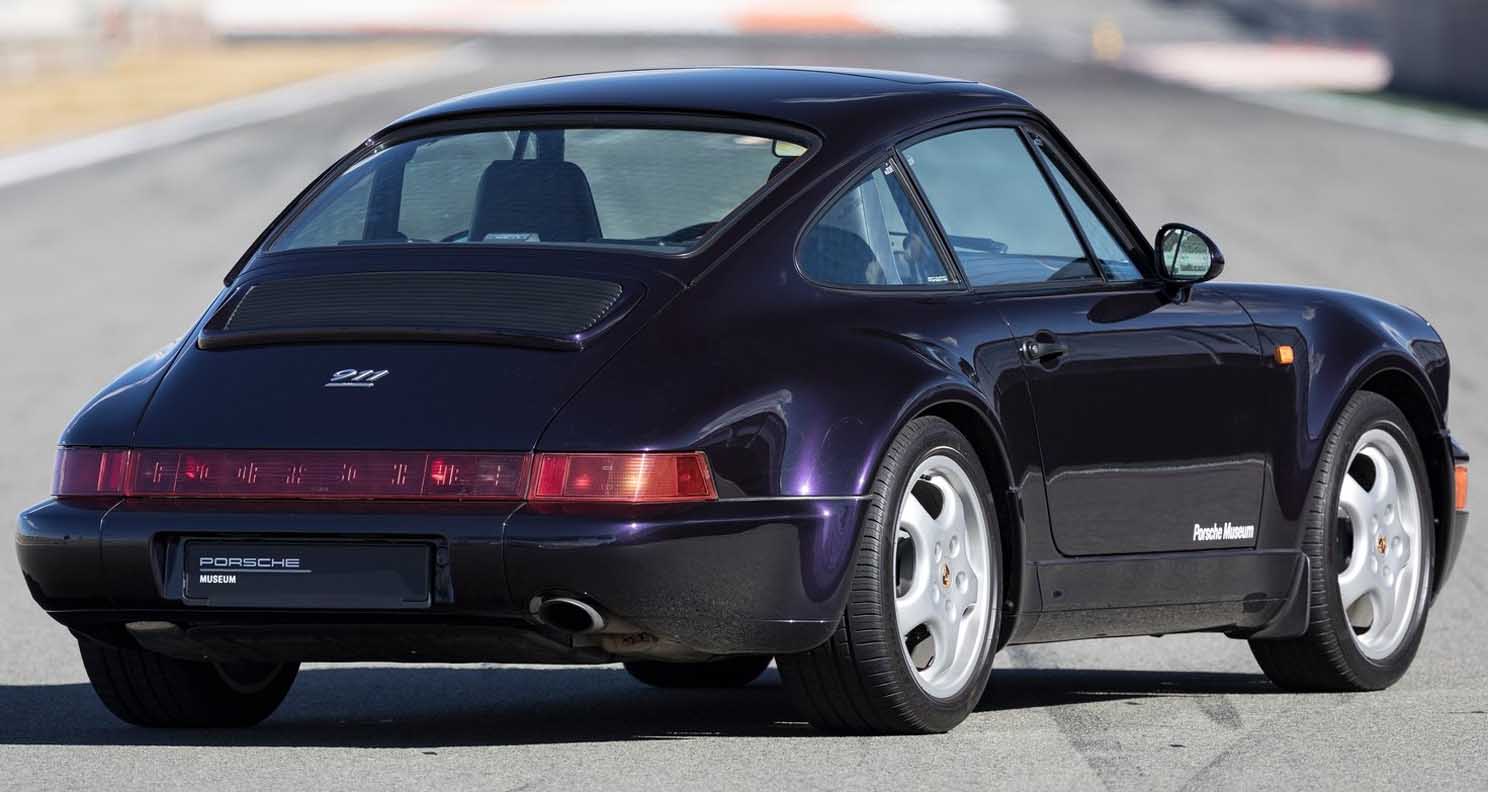
Turbocharged Powerhouses
Later in its production run, Porsche introduced turbocharged versions of the 964. The 964 Turbo models were incredibly potent. The initial 3.3-liter Turbo carried over from the previous generation but was quickly replaced. A new 3.6-liter Turbo arrived in 1993. This engine generated an impressive 360 horsepower. The 964 Turbo offered exhilarating acceleration and performance. It solidified its place as a true sports car icon.
Special Editions and Motorsport
The 964 also spawned some very special and sought-after variants. The Carrera RS was a lightweight, track-focused machine. It offered an even more visceral driving experience. The Turbo S was an even more exclusive and powerful version of the Turbo. These models are highly coveted by collectors today. The 964 also saw success in motorsport. It continued the 911’s rich racing heritage.
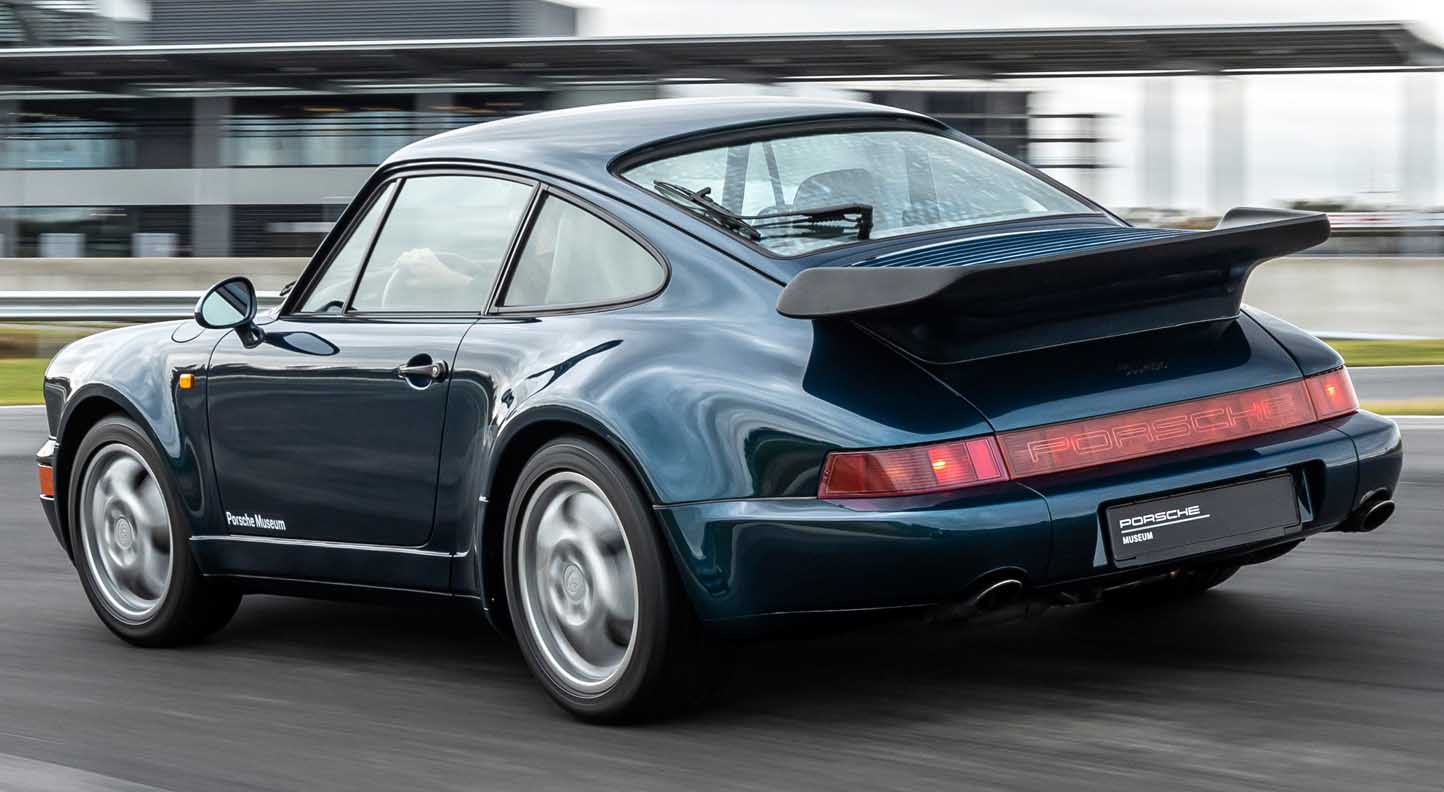
Design That Endures
While the 964 retained the classic 911 shape, there were subtle but important design updates. The bumpers were more integrated into the body. This gave the car a smoother, more modern appearance. The rear spoiler was now automatically retractable on many models. It deployed at higher speeds to improve aerodynamics. The overall design was a successful evolution of a timeless form. It remains attractive to this day.

Interior Comfort and Modernity
Inside, the 964 offered a more refined and comfortable environment compared to its predecessors. While still driver-focused, the dashboard and controls felt more modern. Features like air conditioning and power windows became more standard. The use of higher-quality materials also elevated the interior ambiance. It made the 964 a more pleasant car for longer journeys.
The 964’s Lasting Appeal
The Porsche 911 Type 964 holds a special place in the hearts of Porsche enthusiasts. It represents a pivotal moment in the 911’s evolution. It successfully blended the classic feel with modern technology. It offered improved performance and comfort. Yet, it never lost the raw and engaging driving experience that defines a 911. The 964 is now considered a classic in its own right. Its values have been steadily appreciating. It’s a testament to its enduring appeal.
| Model | Porsche 911 Carrera 2 |
|---|---|
| Drivetrain | Rear-Wheel Drive |
| Engine Displacement | 3.6 |
| Cylinders | Flat 6 |
| Power | 250 |
| Torque | 310 |
| 0-100 km/h | 5.5 |
| Top Speed | 260 |
| Model | Porsche 911 Carrera 4 |
| Drivetrain | All-Wheel Drive |
| Engine Displacement | 3.6 |
| Cylinders | Flat 6 |
| Power | 250 |
| Torque | 310 |
| 0-100 km/h | 5 |
| Top Speed | 260 |
| Model | Porsche 911 Carrera 4 S |
| Drivetrain | All-Wheel Drive |
| Engine Displacement | 3.6 |
| Cylinders | Flat 6 |
| Power | 250 |
| Torque | 310 |
| 0-100 km/h | 6.3 |
| Top Speed | 255 |
| Model | Porsche 911 Carrera 4 Cabriolet |
| Drivetrain | All-Wheel Drive |
| Engine Displacement | 3.6 |
| Cylinders | Flat 6 |
| Power | 250 |
| Torque | 310 |
| 0-100 km/h | 5.5 |
| Top Speed | 259 |
| Model | Porsche 911 Targa |
| Drivetrain | Rear-Wheel Drive |
| Engine Displacement | 3.6 |
| Cylinders | Flat 6 |
| Power | 250 |
| Torque | 310 |
| 0-100 km/h | |
| Top Speed | |
| Model | Porsche 911 Carrera 4 |
| Drivetrain | All-Wheel Drive |
| Engine Displacement | 3.6 |
| Cylinders | Flat 6 |
| Power | 250 |
| Torque | 310 |
| 0-100 km/h | 5 |
| Top Speed | 260 |
| Model | Porsche 911 Carrera RS |
| Drivetrain | Rear-Wheel Drive |
| Engine Displacement | 3.6 |
| Cylinders | Flat 6 |
| Power | 260 |
| Torque | 314 |
| 0-100 km/h | 5.2 |
| Top Speed | 263 |
| Model | Porsche 911 Carrera RS N/GT |
| Drivetrain | Rear-Wheel Drive |
| Engine Displacement | 3.6 |
| Cylinders | Flat 6 |
| Power | 260 |
| Torque | 314 |
| 0-100 km/h | 5.4 |
| Top Speed | 260 |
| Model | Porsche 911 Carrera RS 3.8 |
| Drivetrain | Rear-Wheel Drive |
| Engine Displacement | 3.8 |
| Cylinders | Flat 6 |
| Power | 300 |
| Torque | 360 |
| 0-100 km/h | 5.2 |
| Top Speed | 271 |
| Model | Porsche 911 Turbo 3.3 |
| Drivetrain | Rear-Wheel Drive |
| Engine Displacement | 3.3 |
| Cylinders | Flat 6 |
| Power | 320 |
| Torque | 450 |
| 0-100 km/h | 5.2 |
| Top Speed | 270 |
| Model | Porsche 911 Turbo S 3.3 |
| Drivetrain | Rear-Wheel Drive |
| Engine Displacement | 3.3 |
| Cylinders | Flat 6 |
| Power | 381 |
| Torque | 490 |
| 0-100 km/h | 4.8 |
| Top Speed | 294 |
| Model | Porsche 911 Turbo 3.6 |
| Drivetrain | Rear-Wheel Drive |
| Engine Displacement | 3.6 |
| Cylinders | Flat 6 |
| Power | 360 |
| Torque | 520 |
| 0-100 km/h | 4.8 |
| Top Speed | 280 |
| Model | Porsche 911 Turbo 3.6 Flat Nose |
| Drivetrain | Rear-Wheel Drive |
| Engine Displacement | 3.6 |
| Cylinders | Flat 6 |
| Power | 385 |
| Torque | 540 |
| 0-100 km/h | 4.5 |
| Top Speed | 280 |
| Model | Porsche 911 Turbo S 3.6 |
| Drivetrain | Rear-Wheel Drive |
| Engine Displacement | 3.6 |
| Cylinders | Flat 6 |
| Power | 390 |
| Torque | 520 |
| 0-100 km/h | 4.6 |
| Top Speed | 290 |
Summary
The Porsche 911 Type 964 model history showcases a crucial step in the evolution of an automotive icon. It introduced significant technological advancements while staying true to the 911’s core DNA. From its updated engine and suspension to its subtle but effective design changes, the 964 bridged the gap between tradition and modernity. It solidified its place as a beloved and collectible generation of the legendary Porsche 911.
Disclaimer: This article provides a general overview of the Porsche 911 Type 964 model history. Specific features and specifications may vary depending on the production year and model variant.
Source: Porsche
